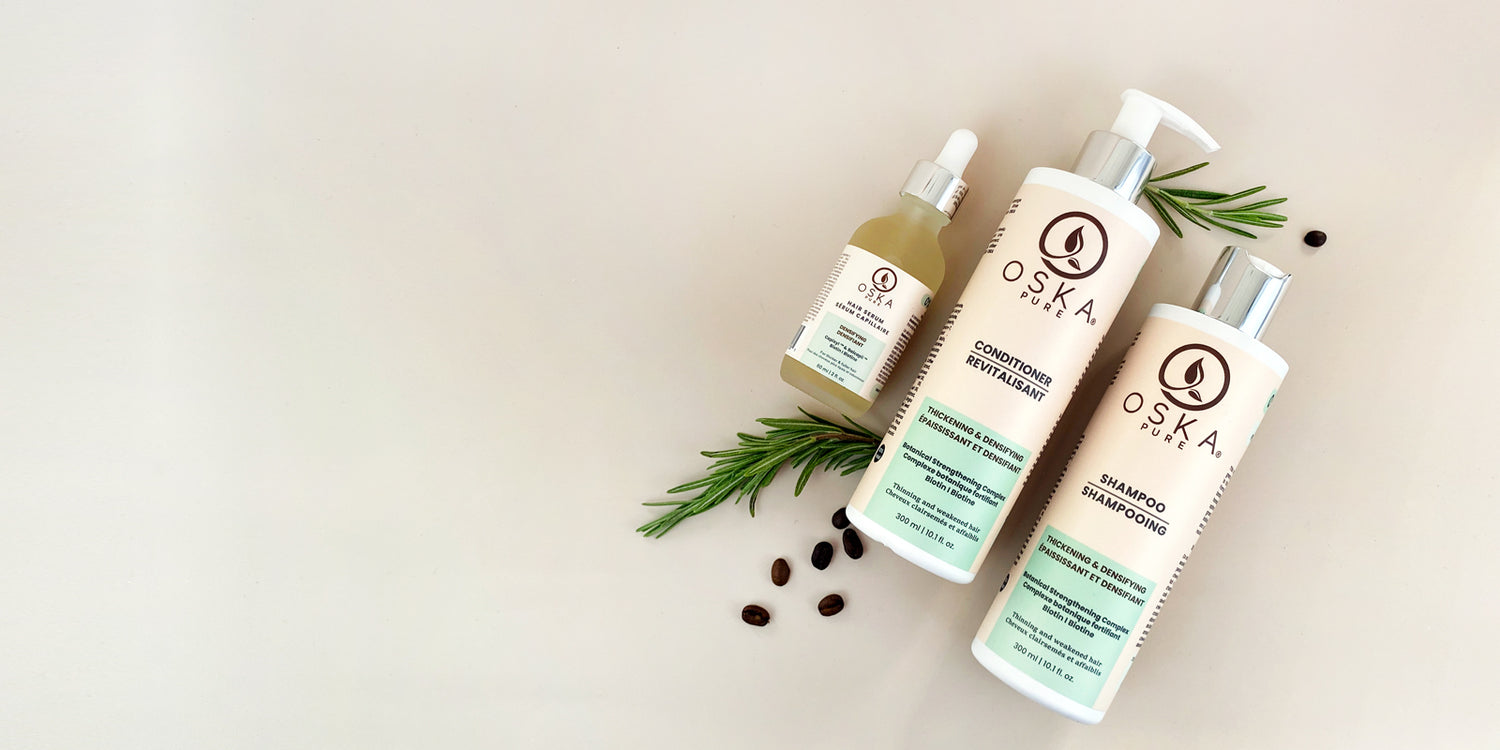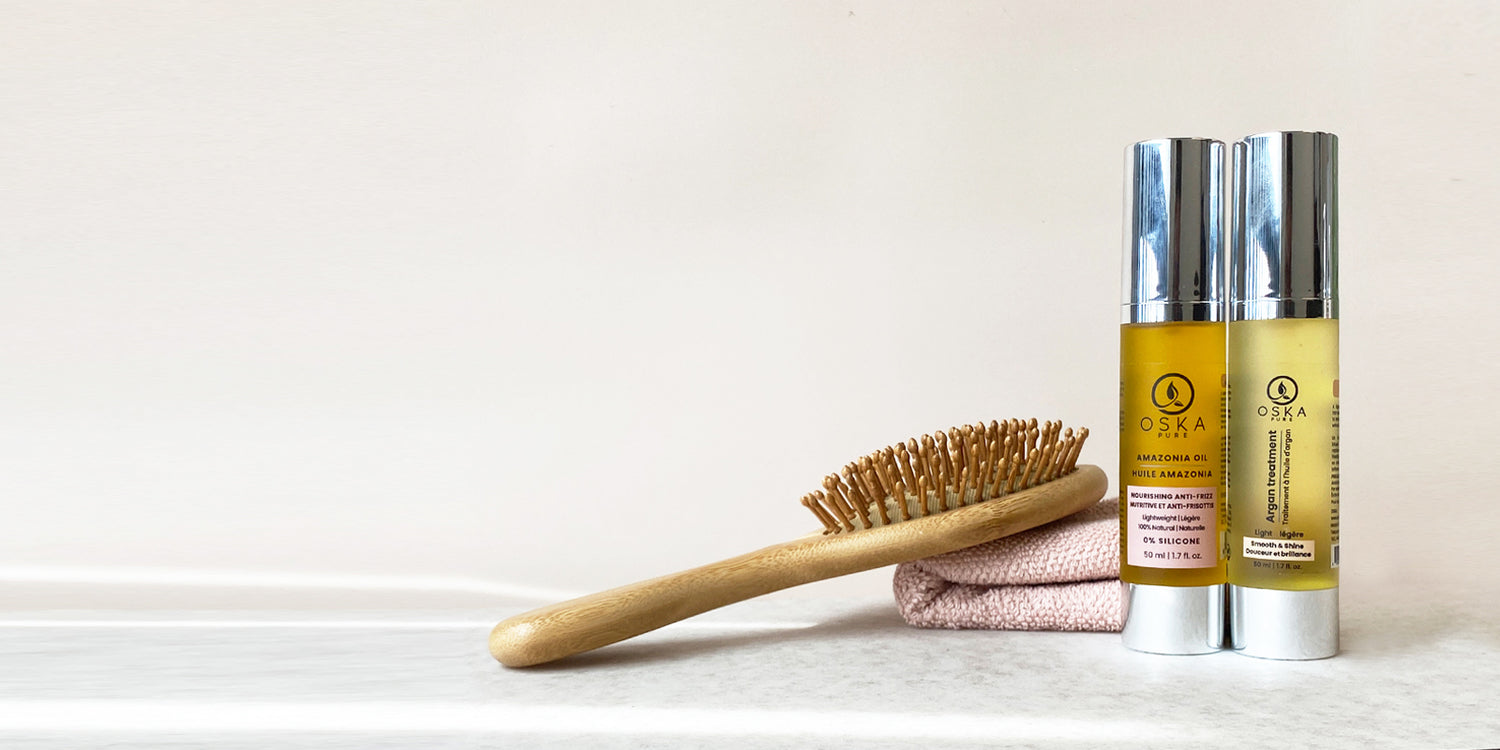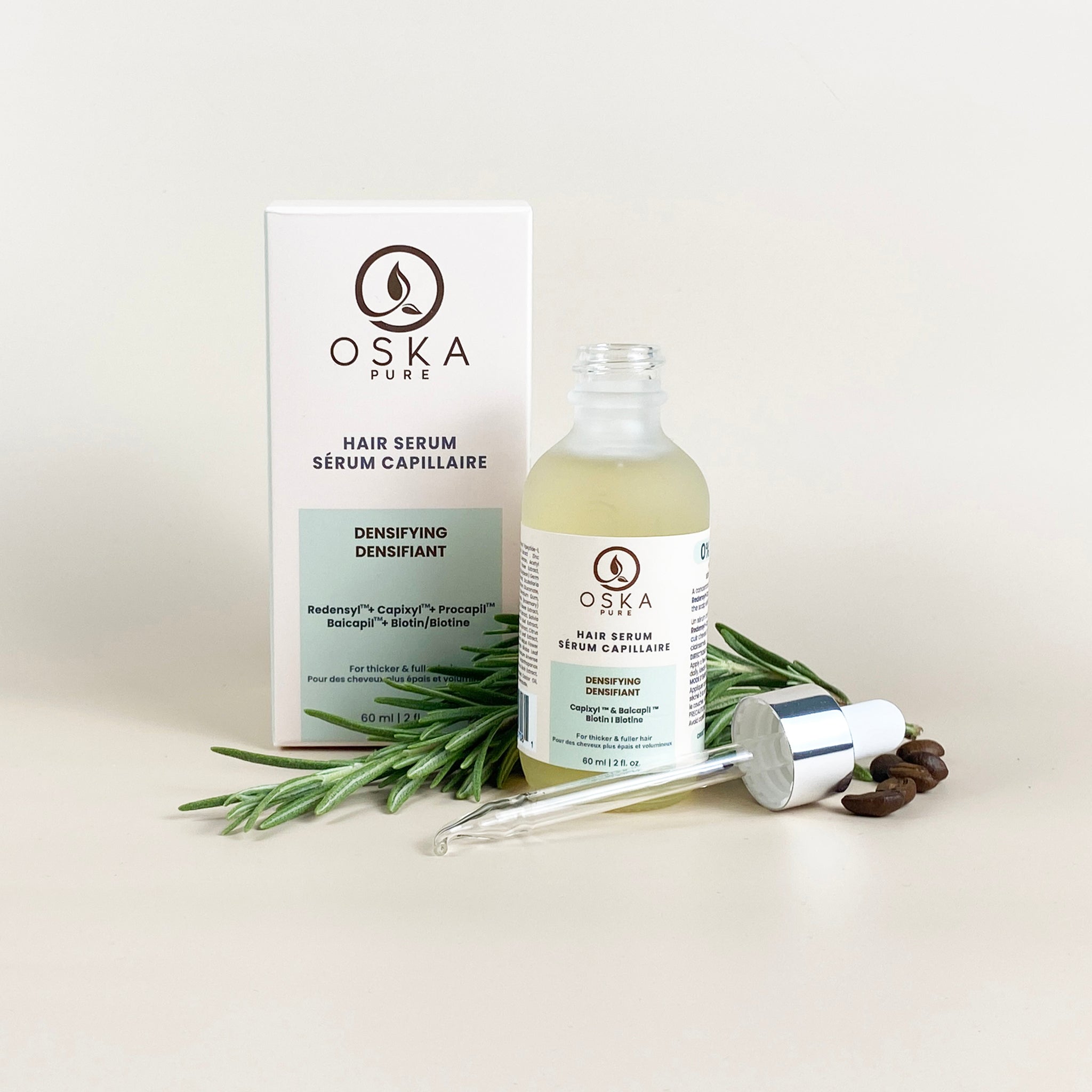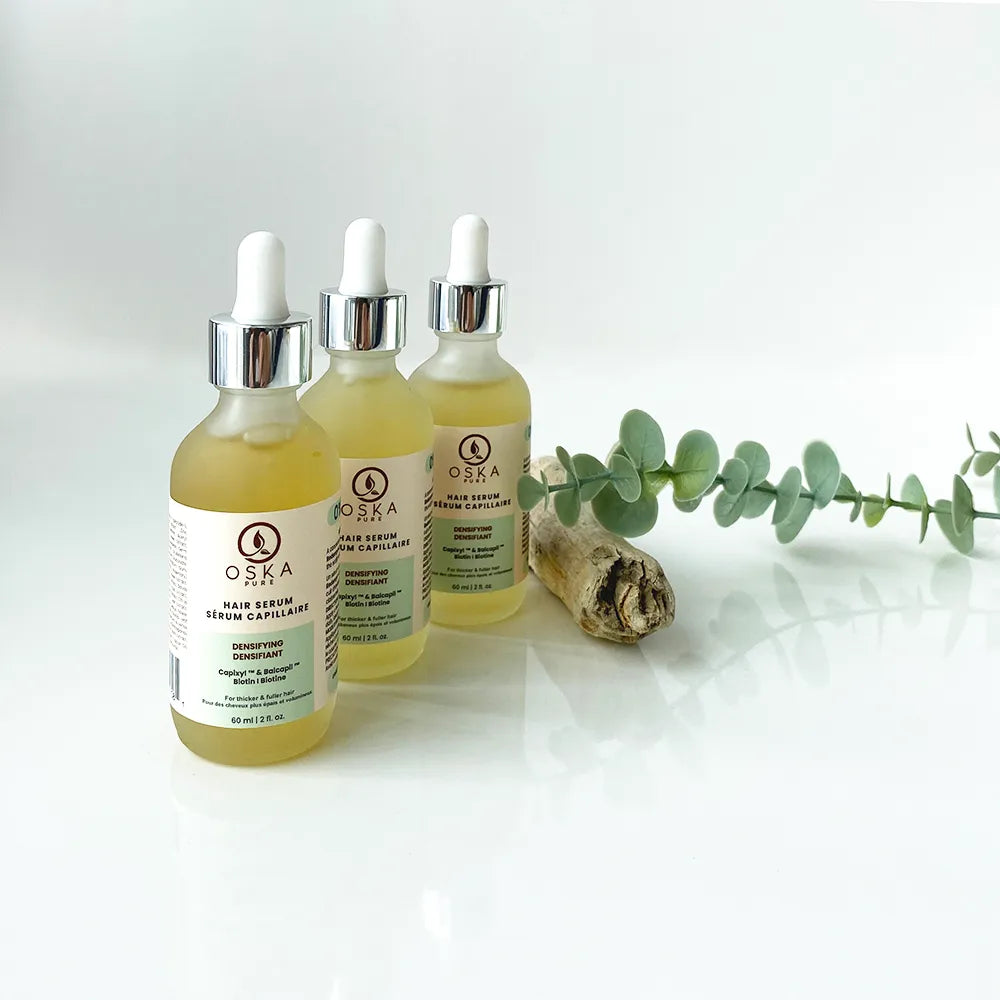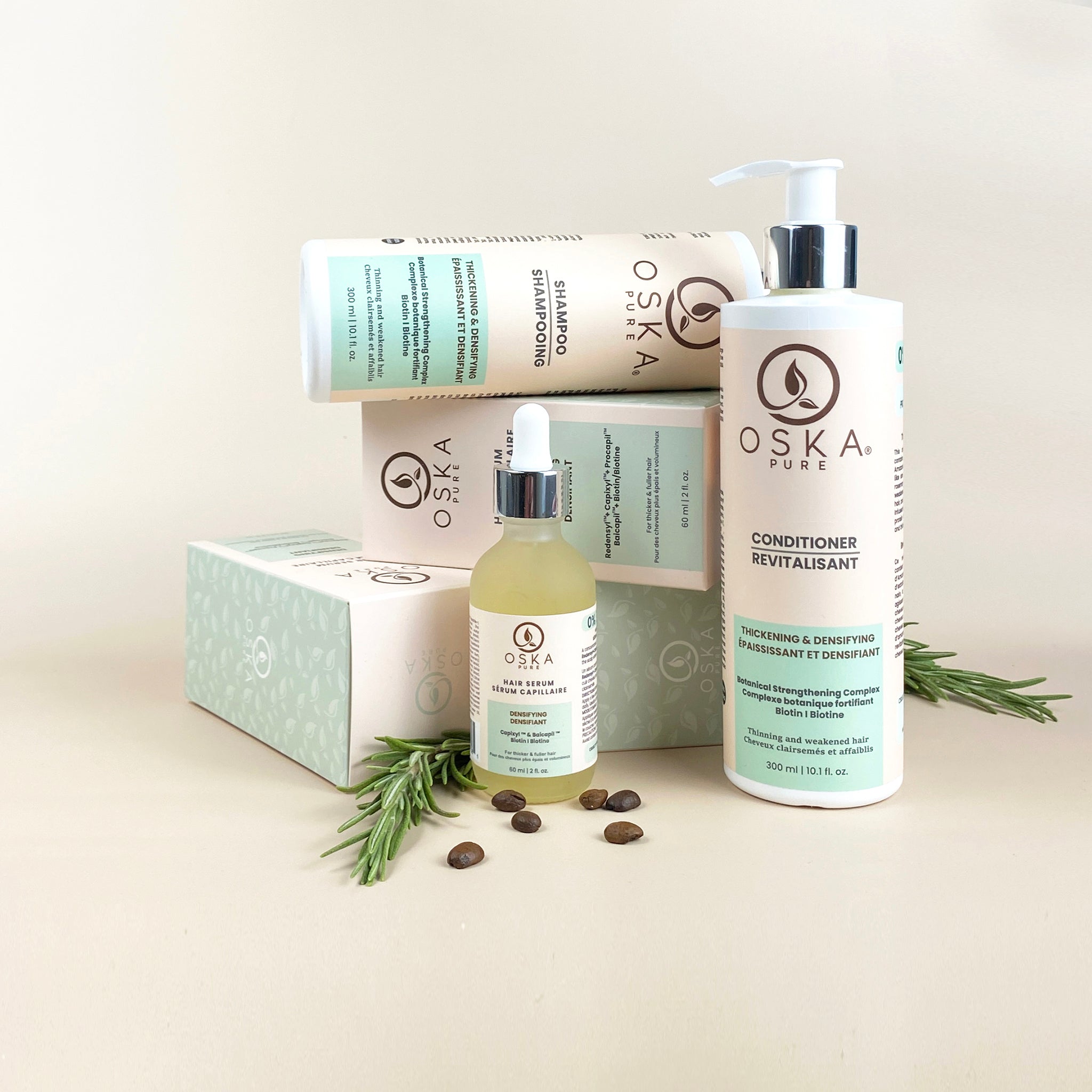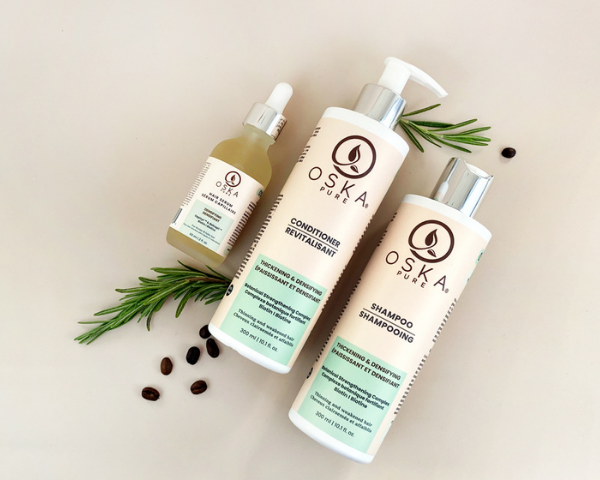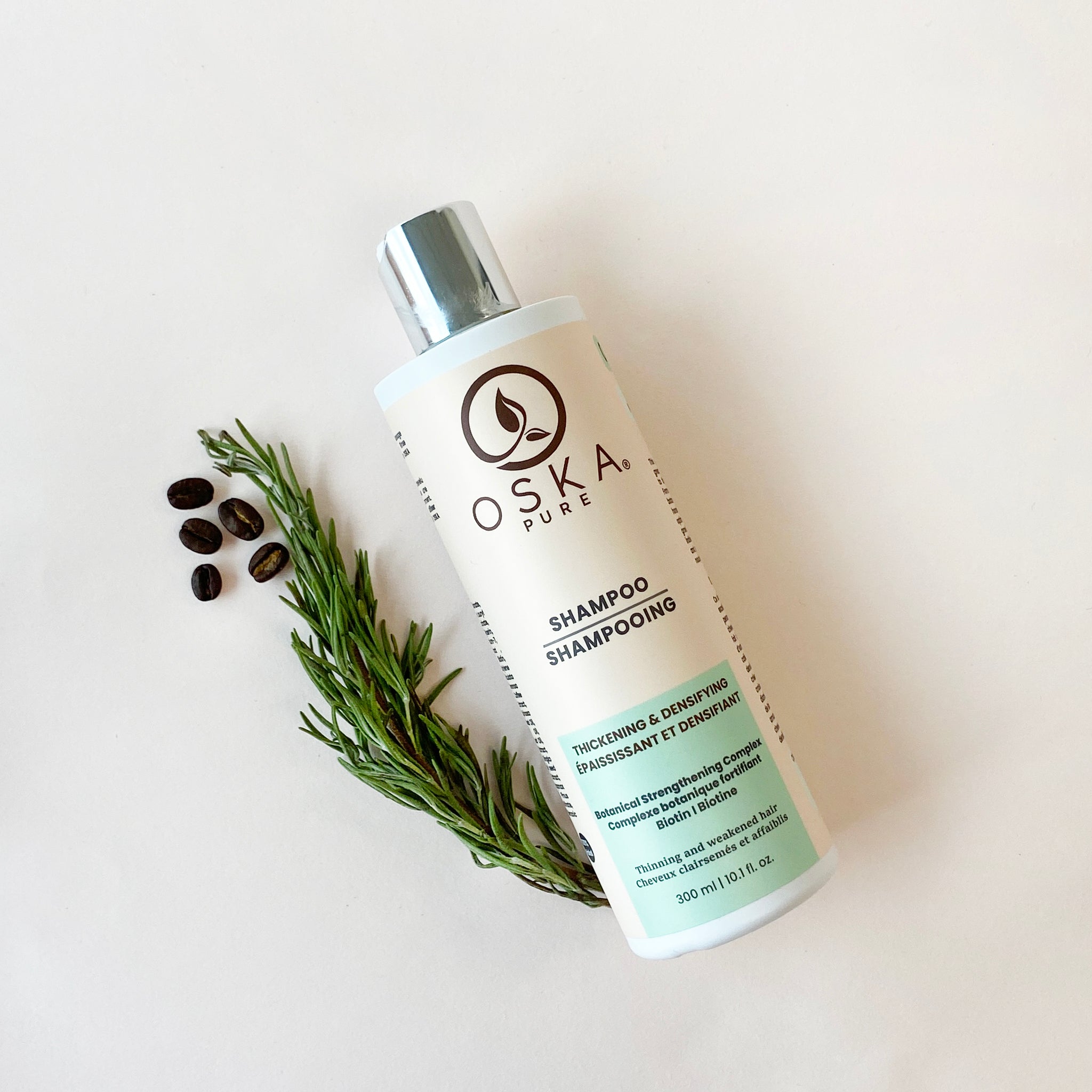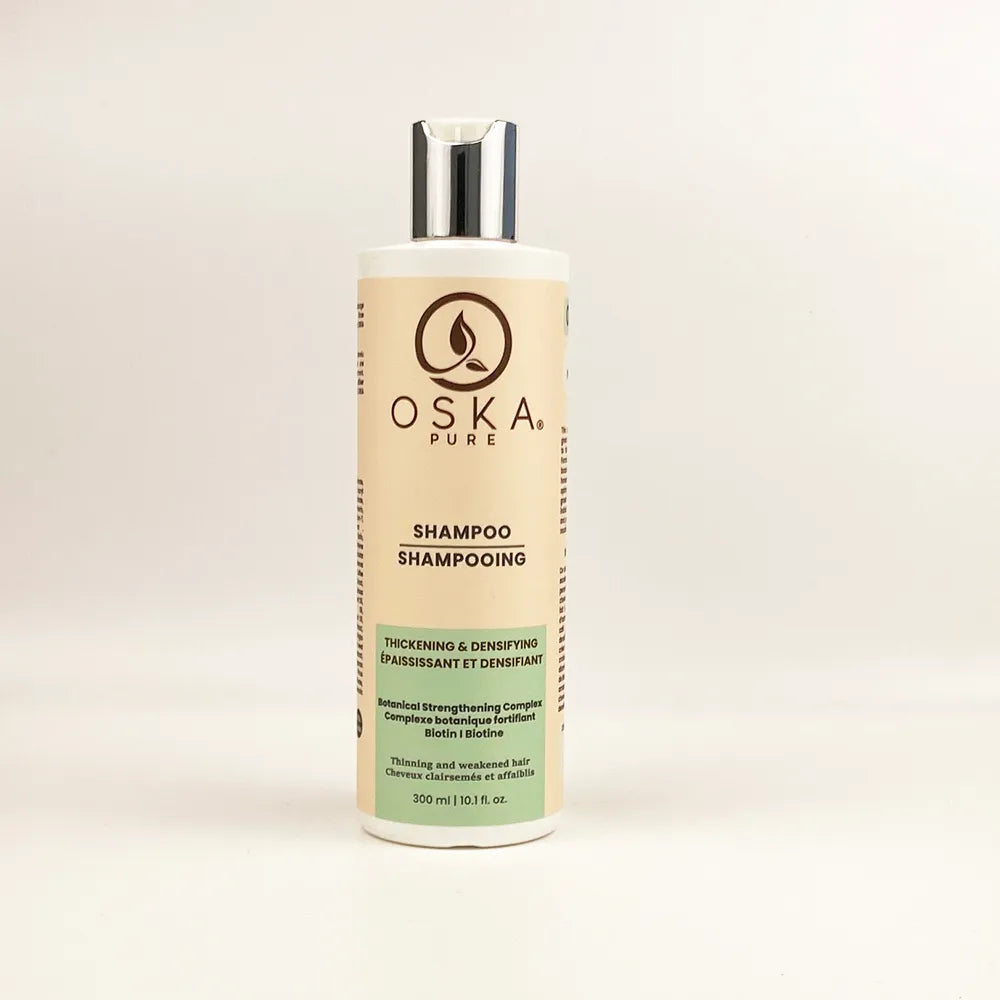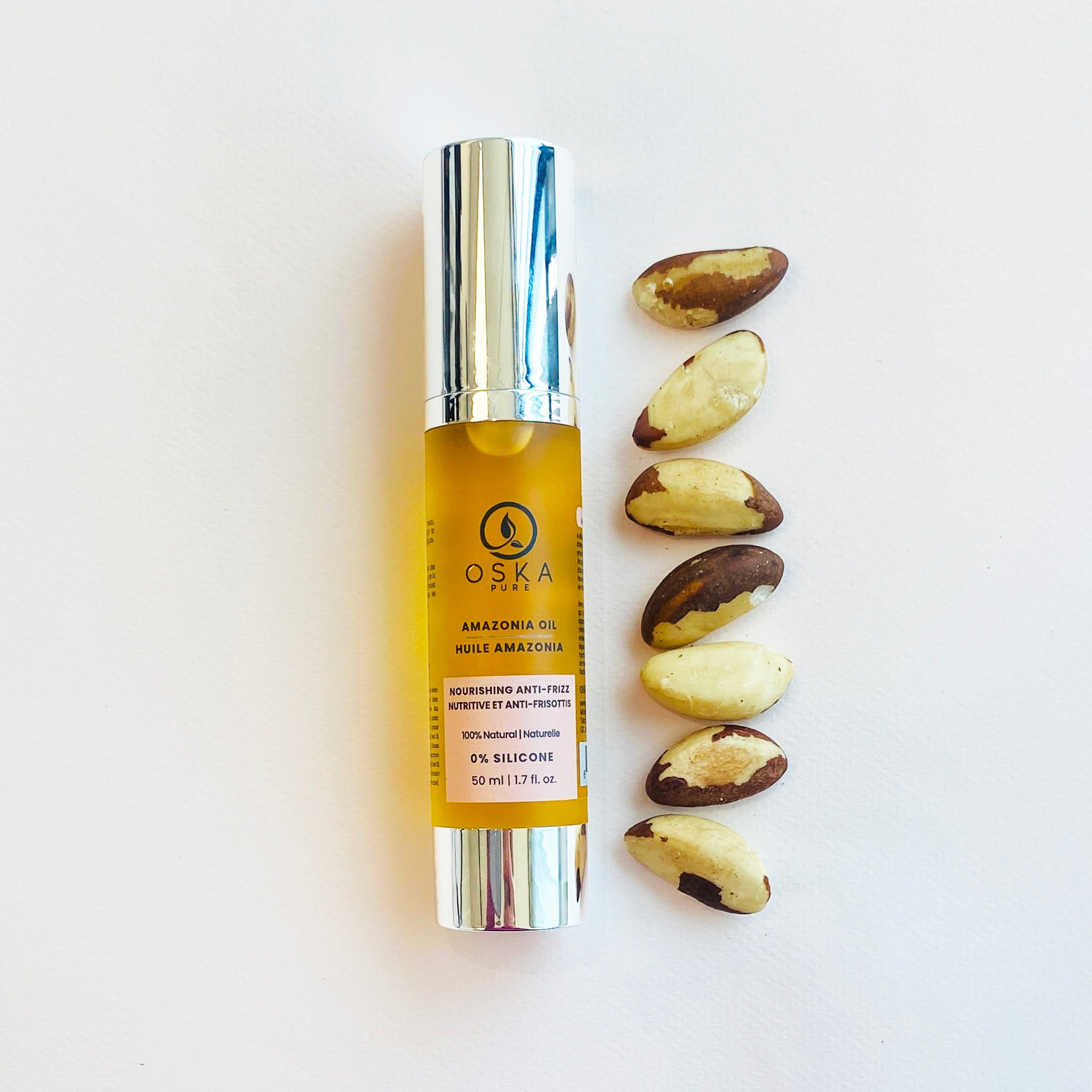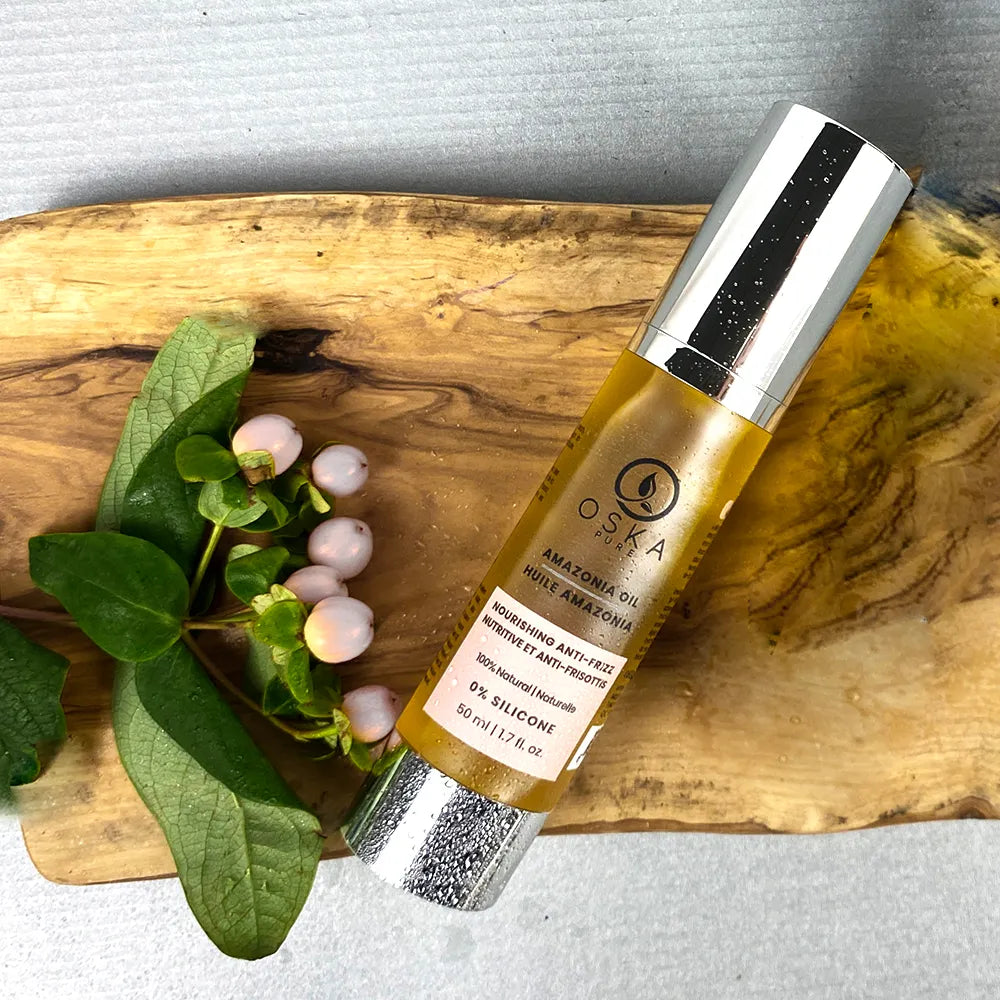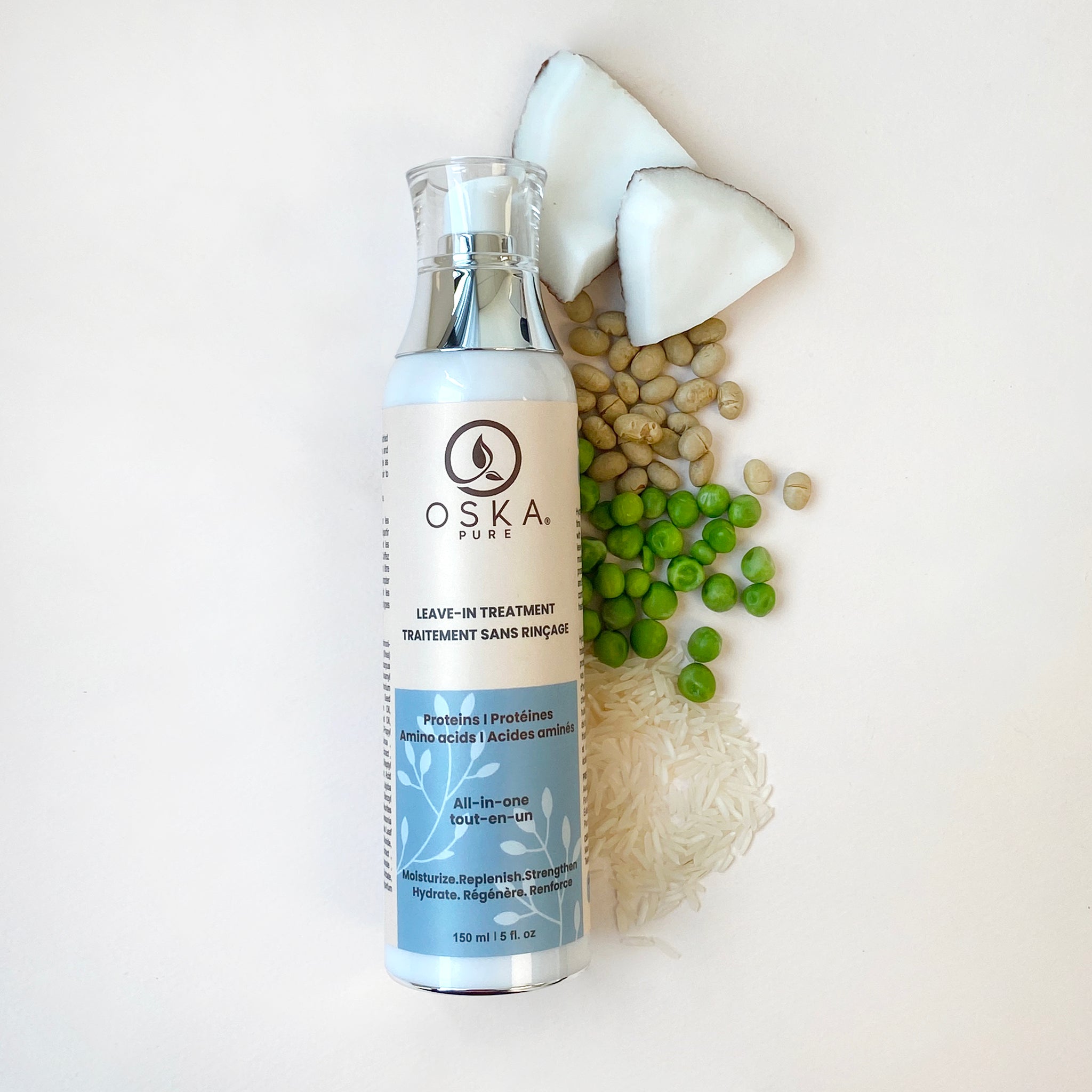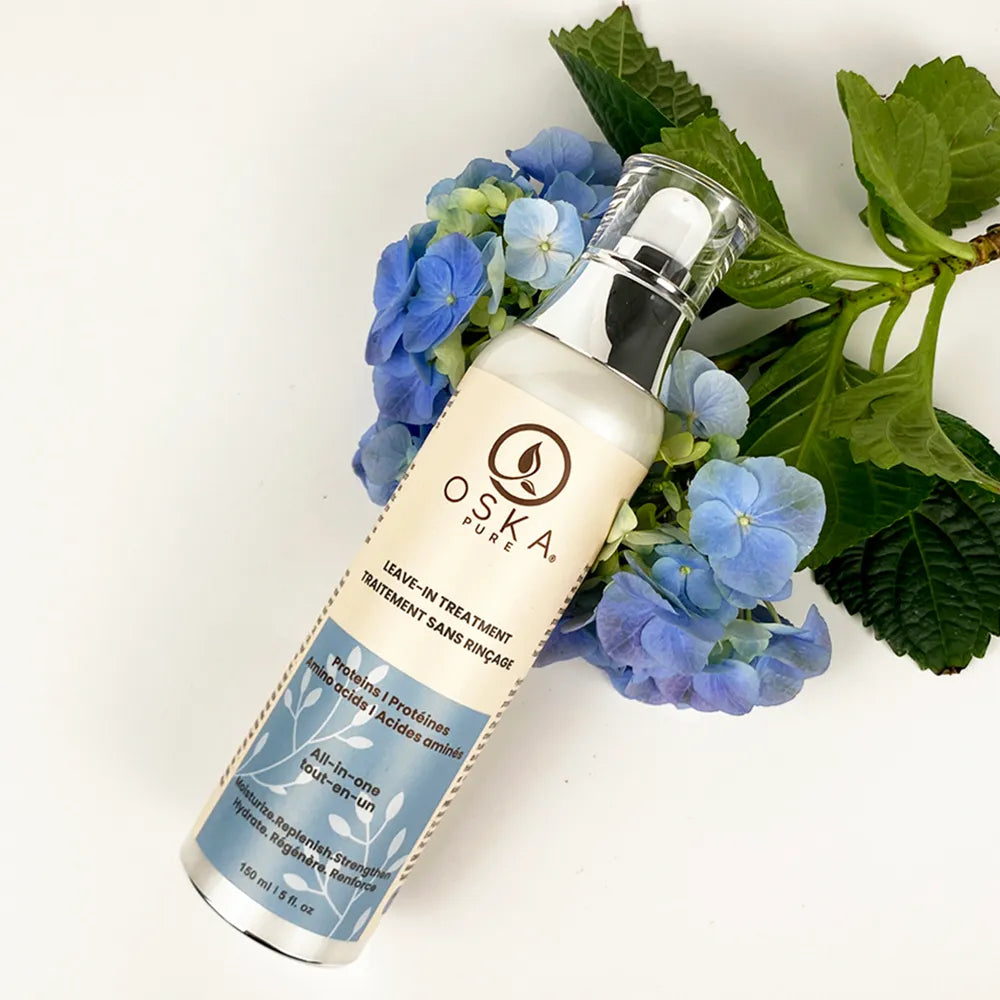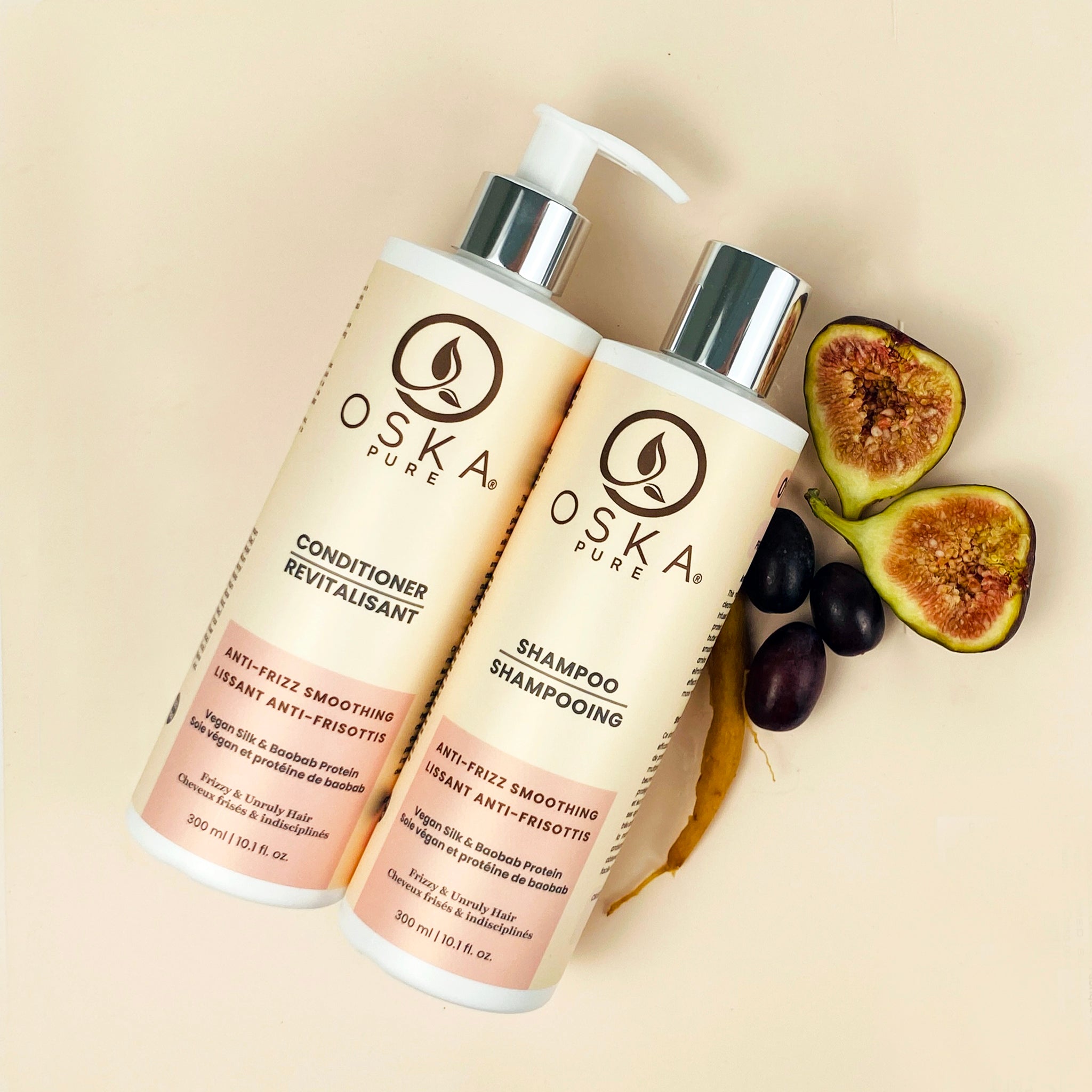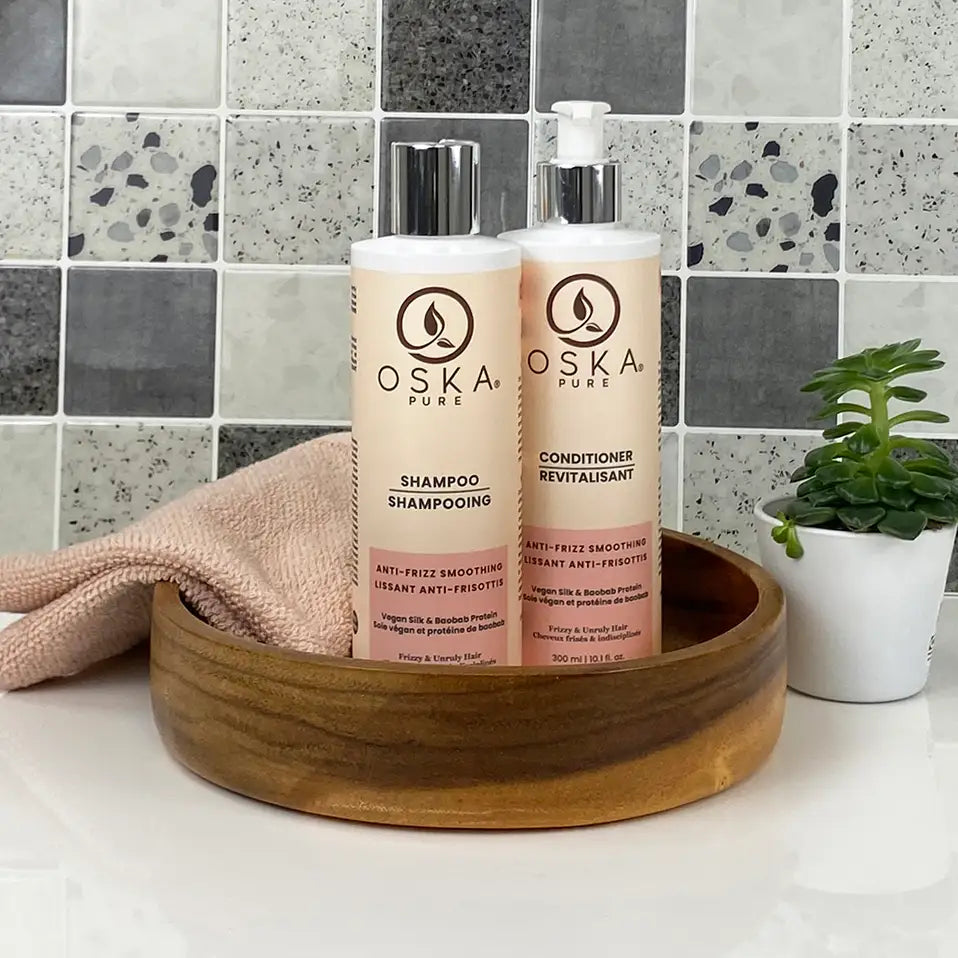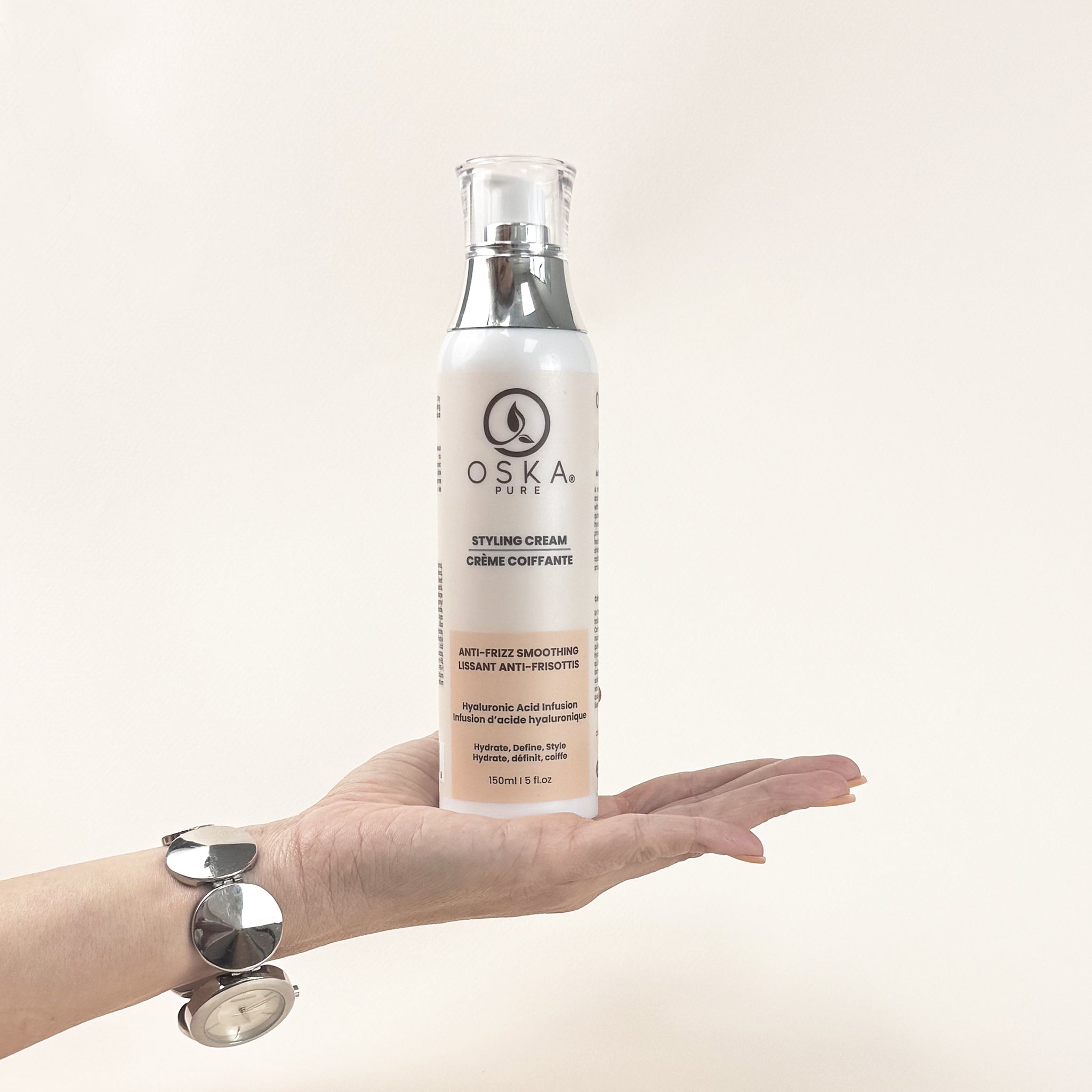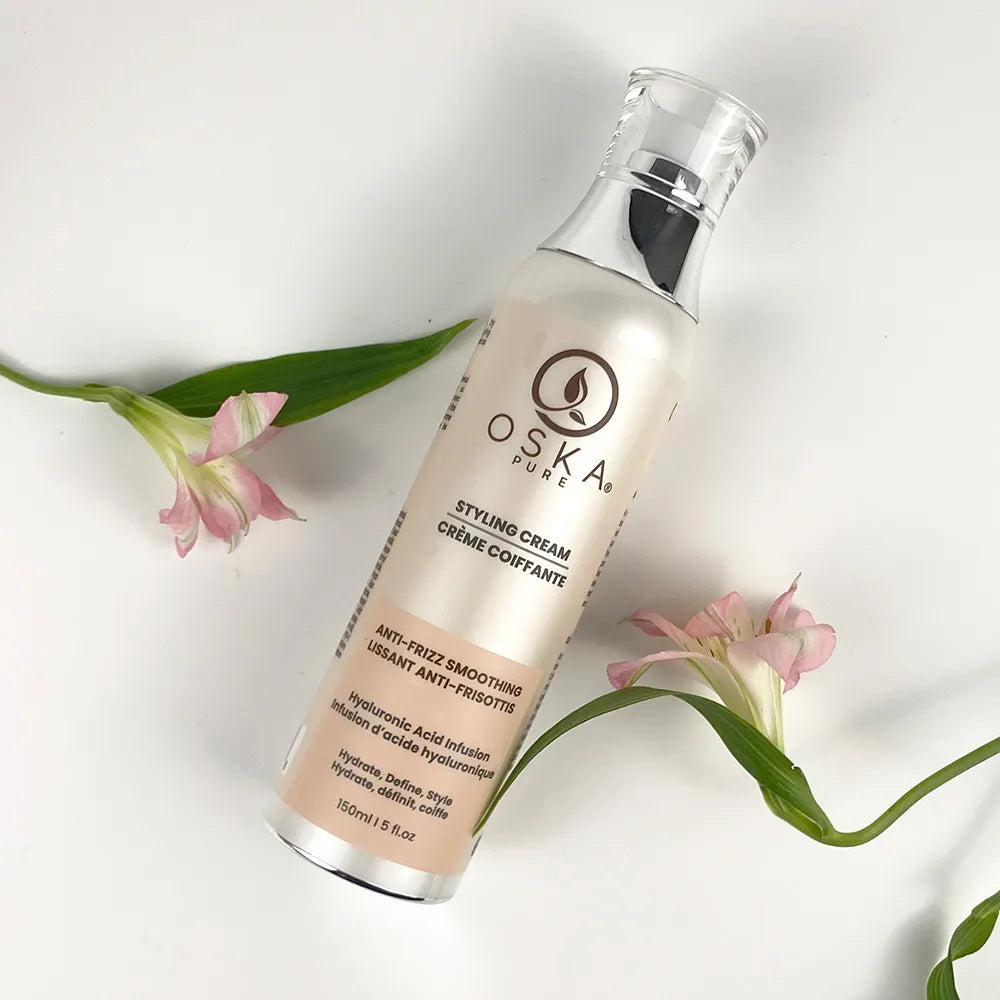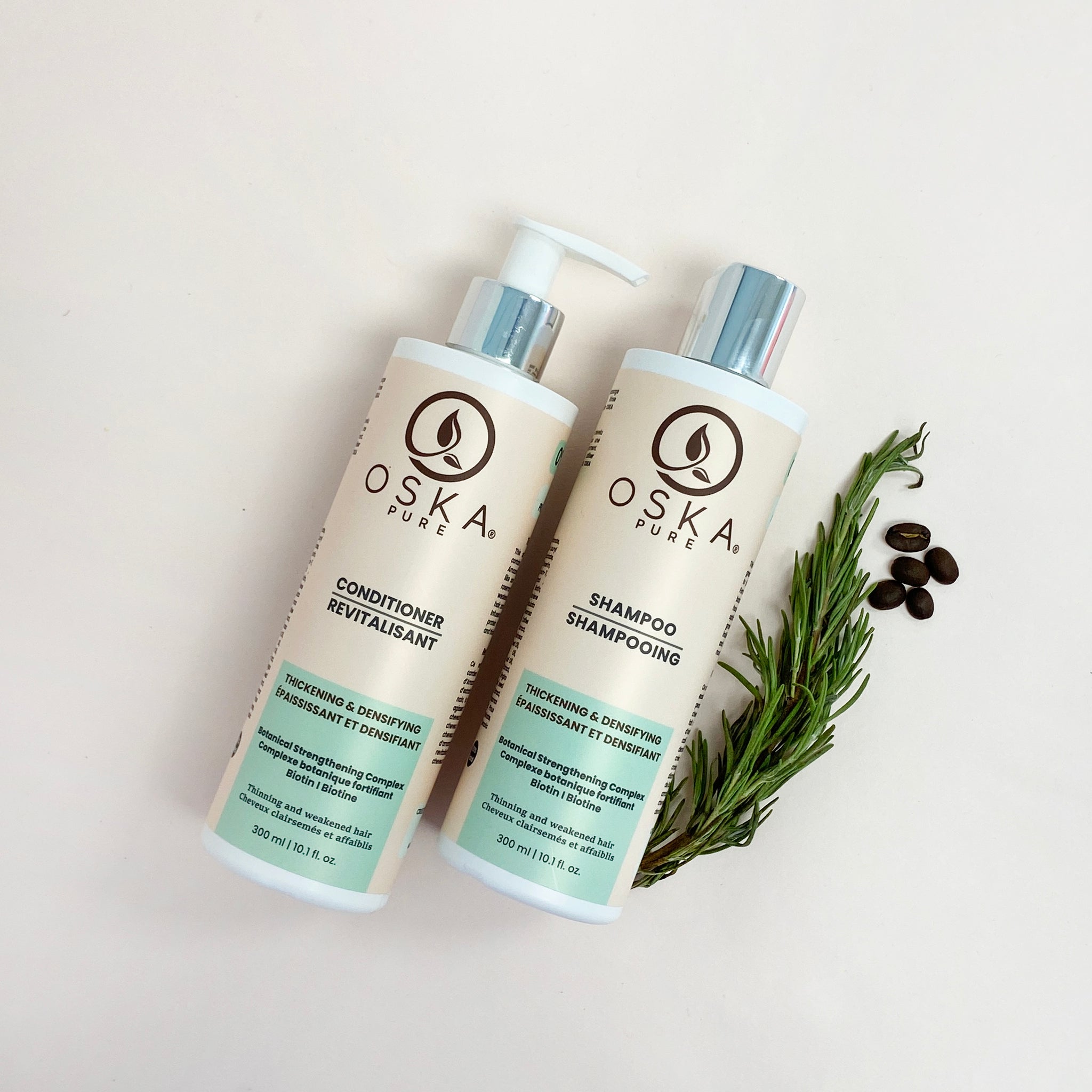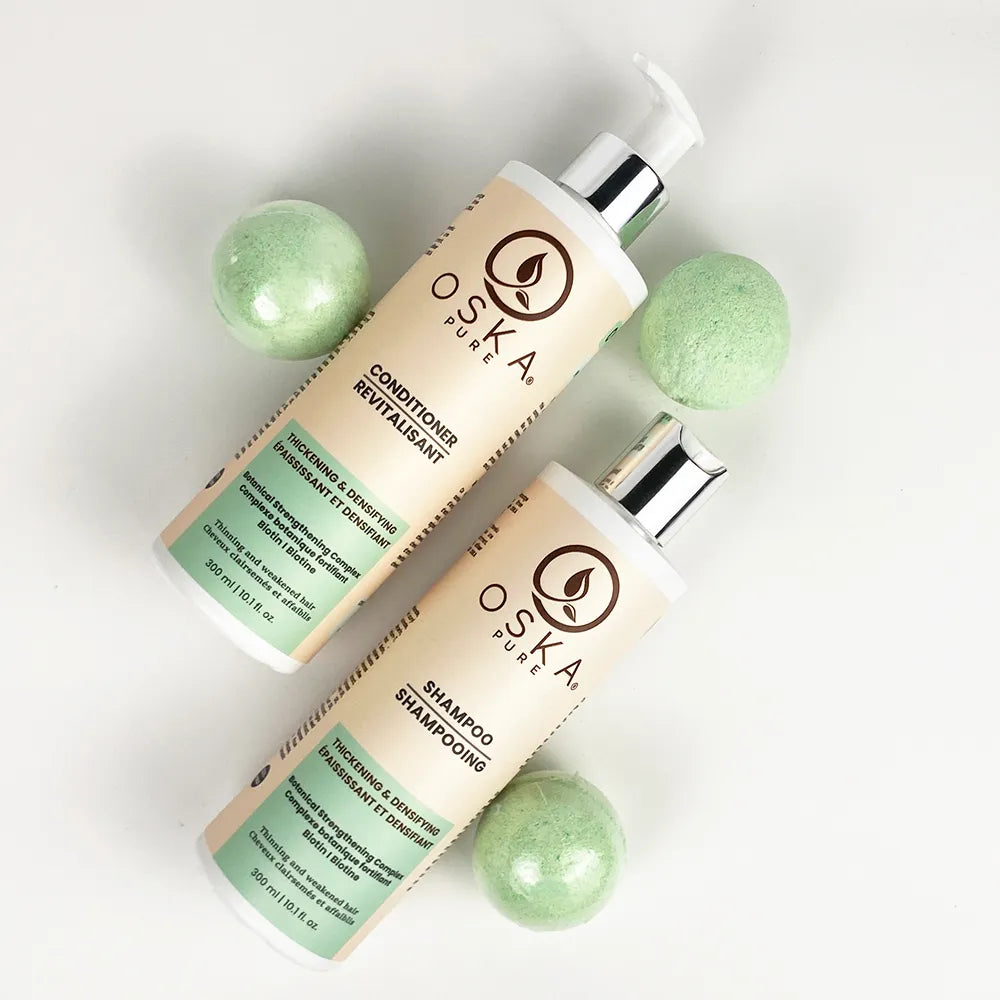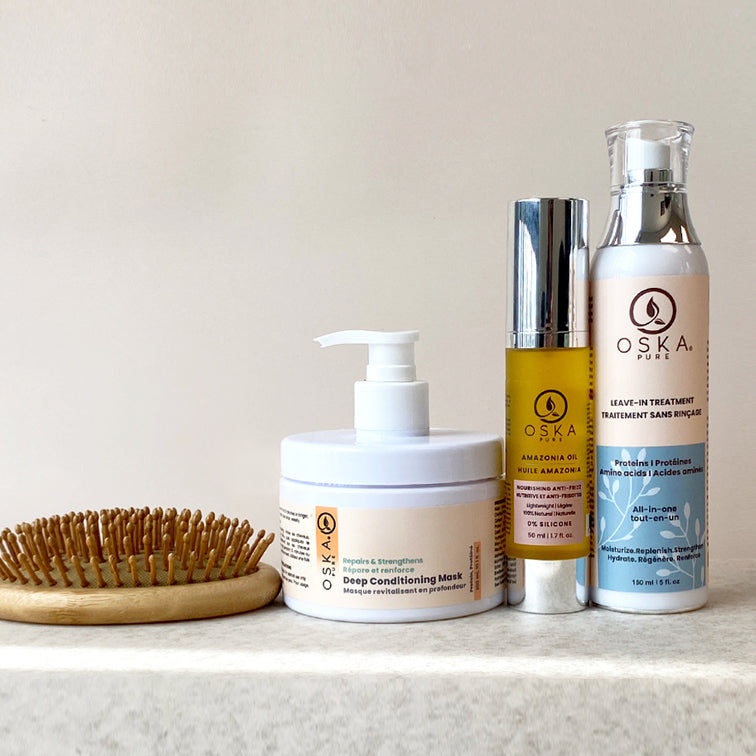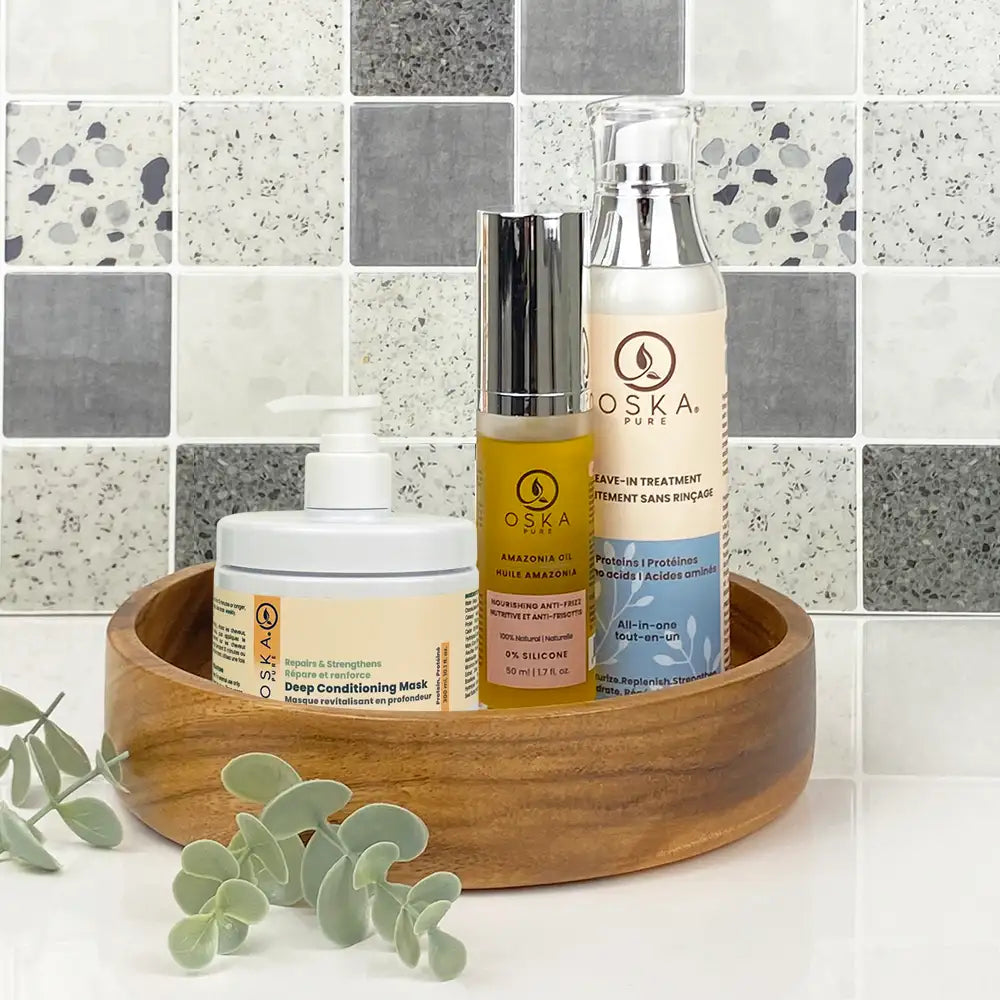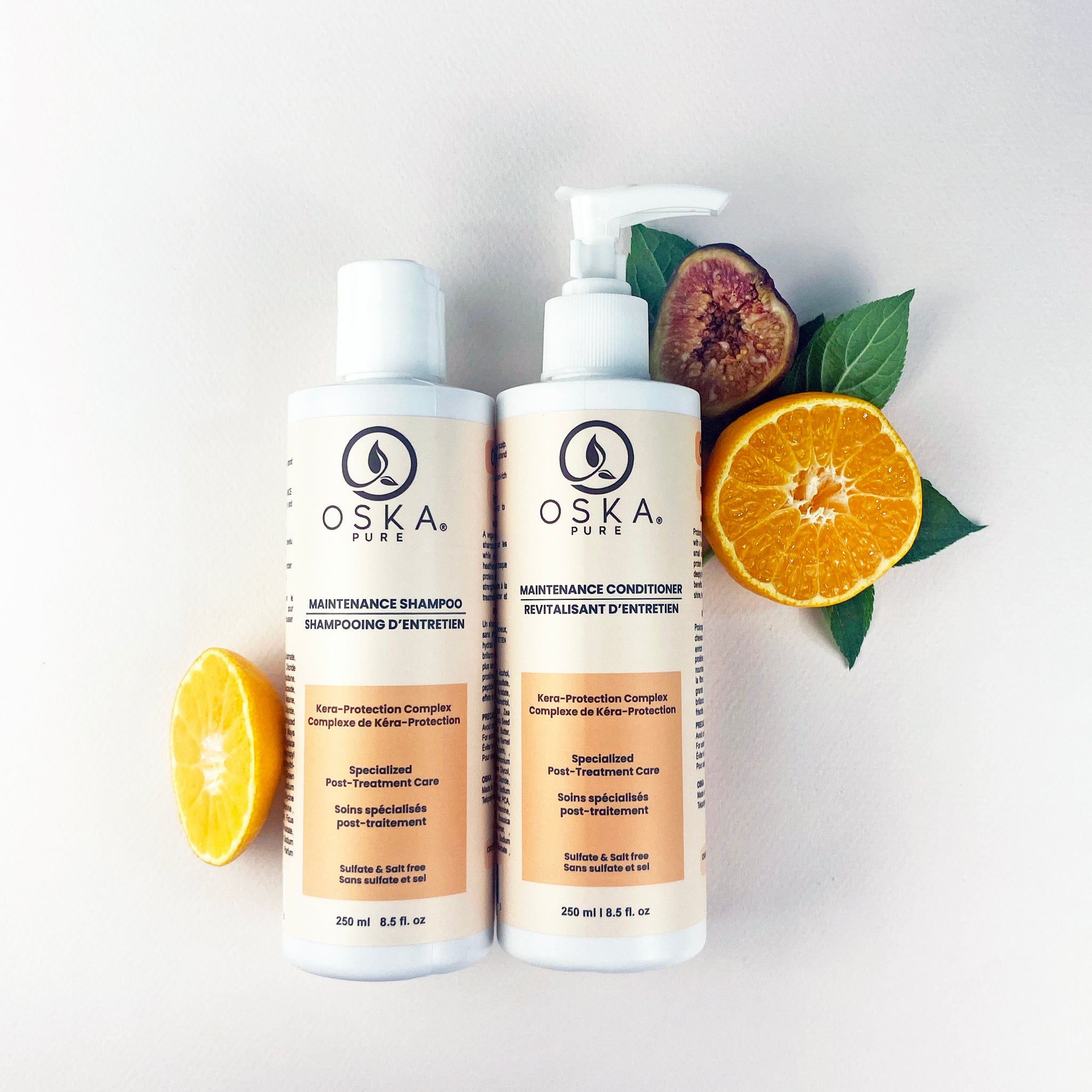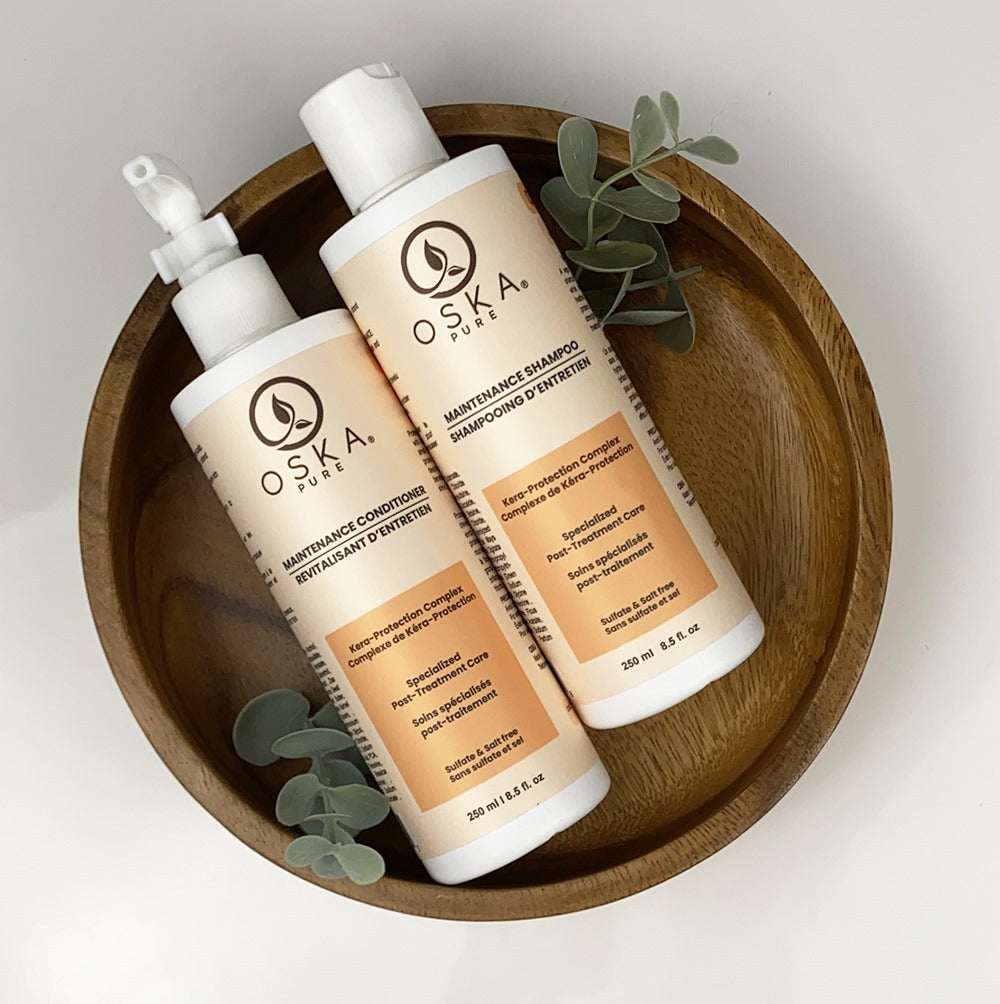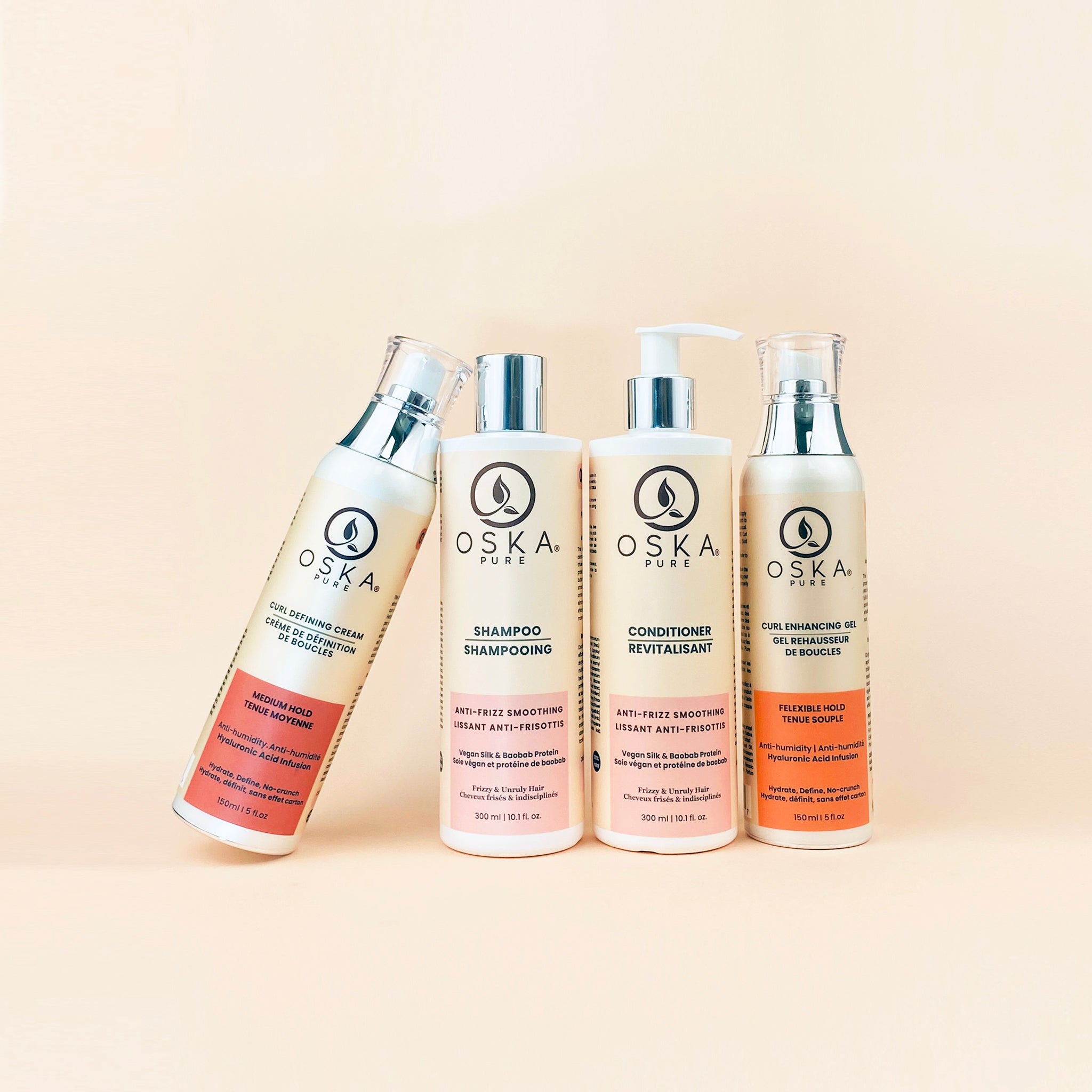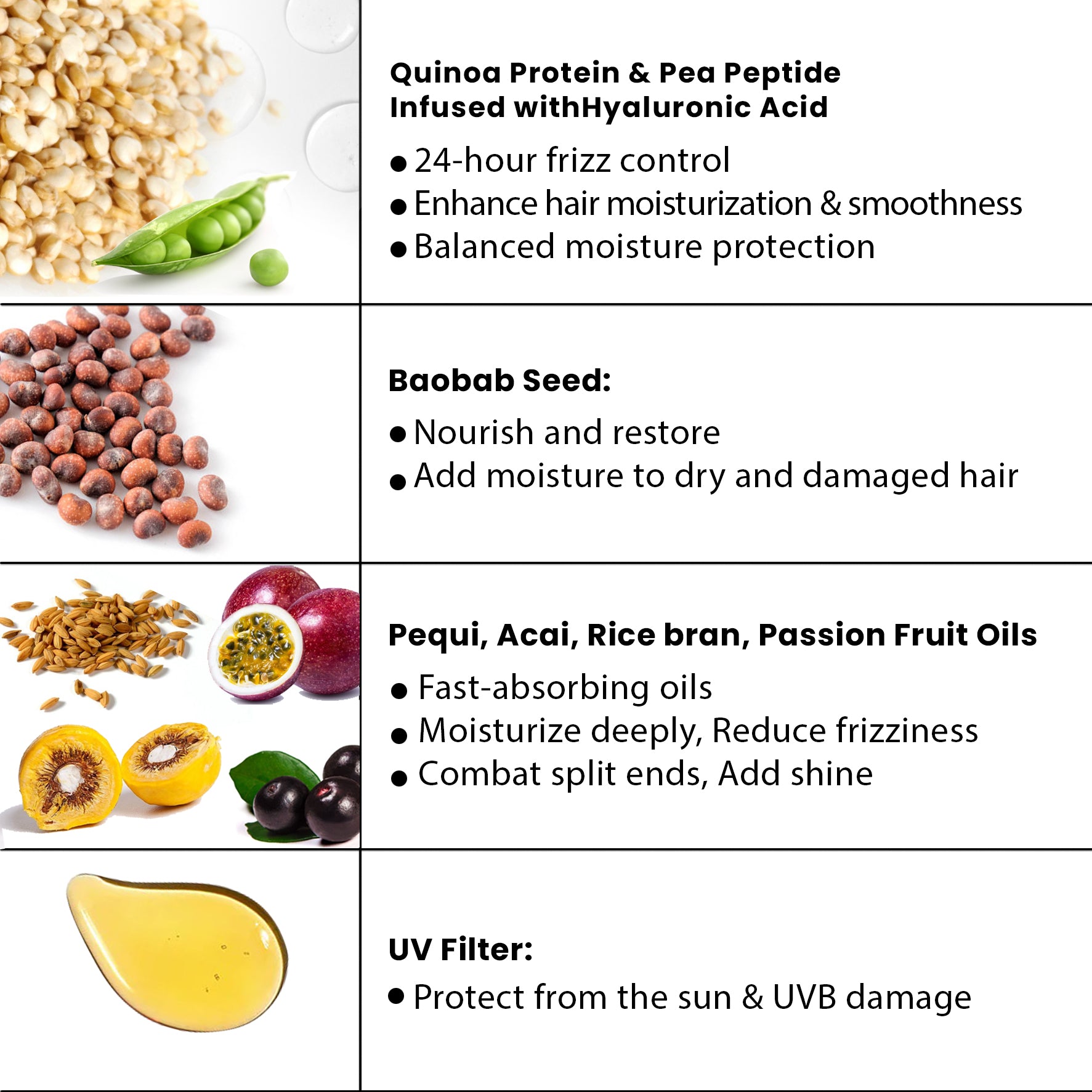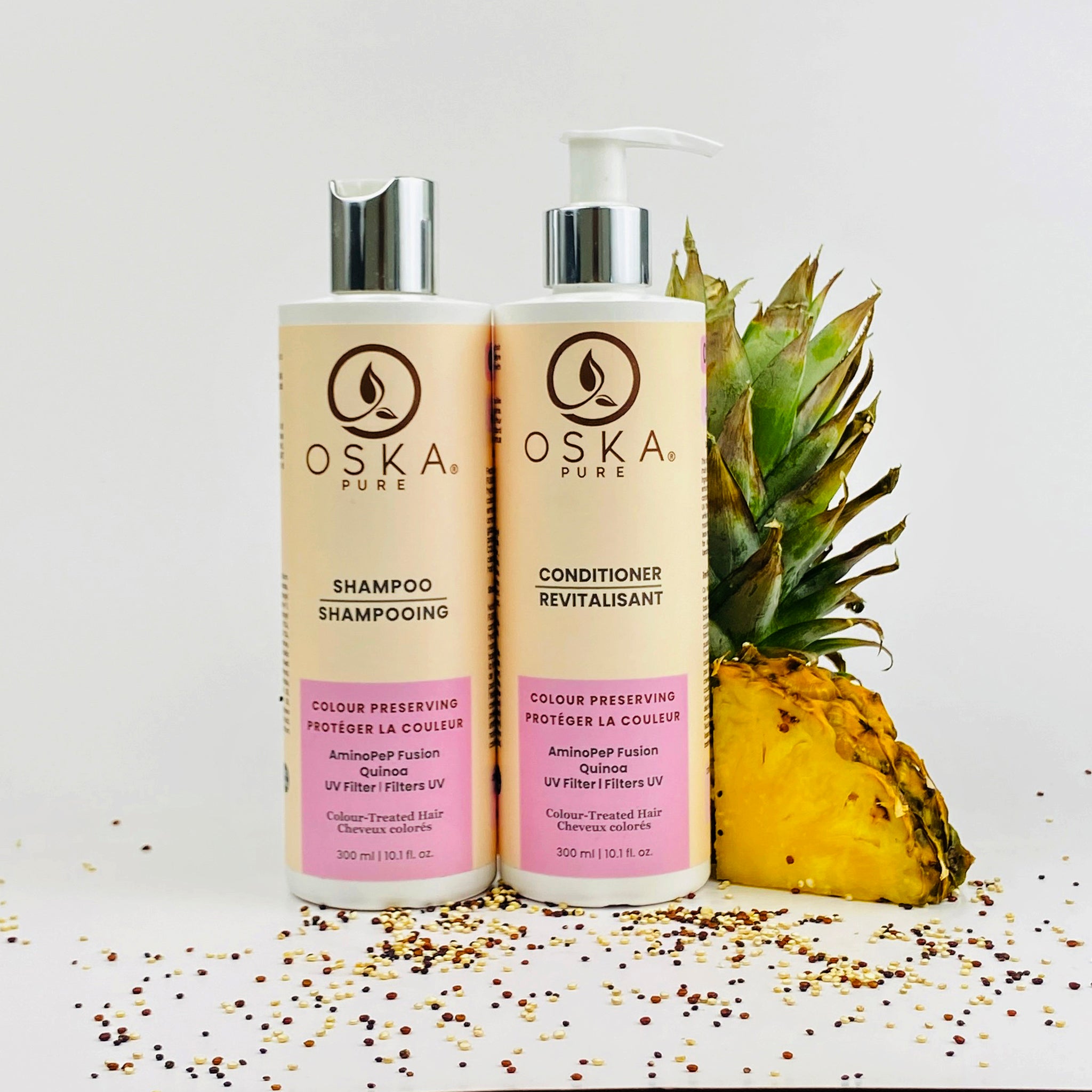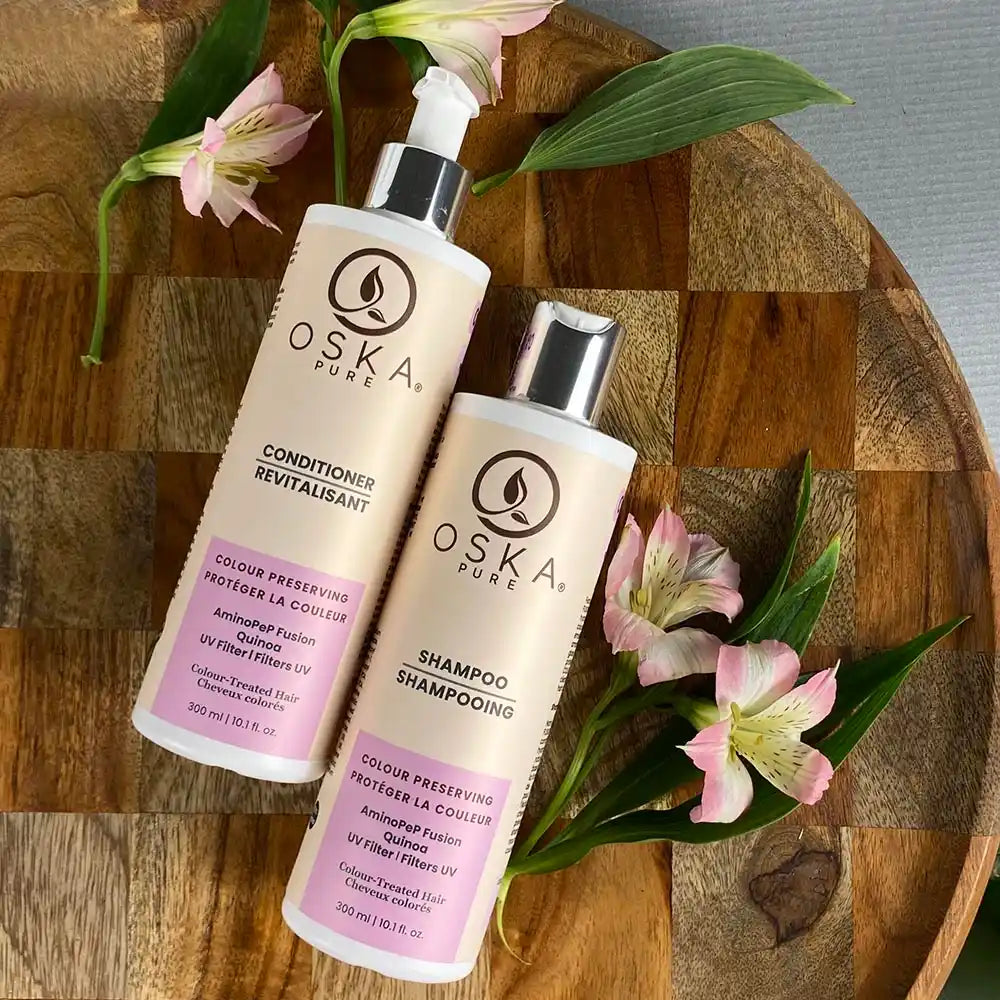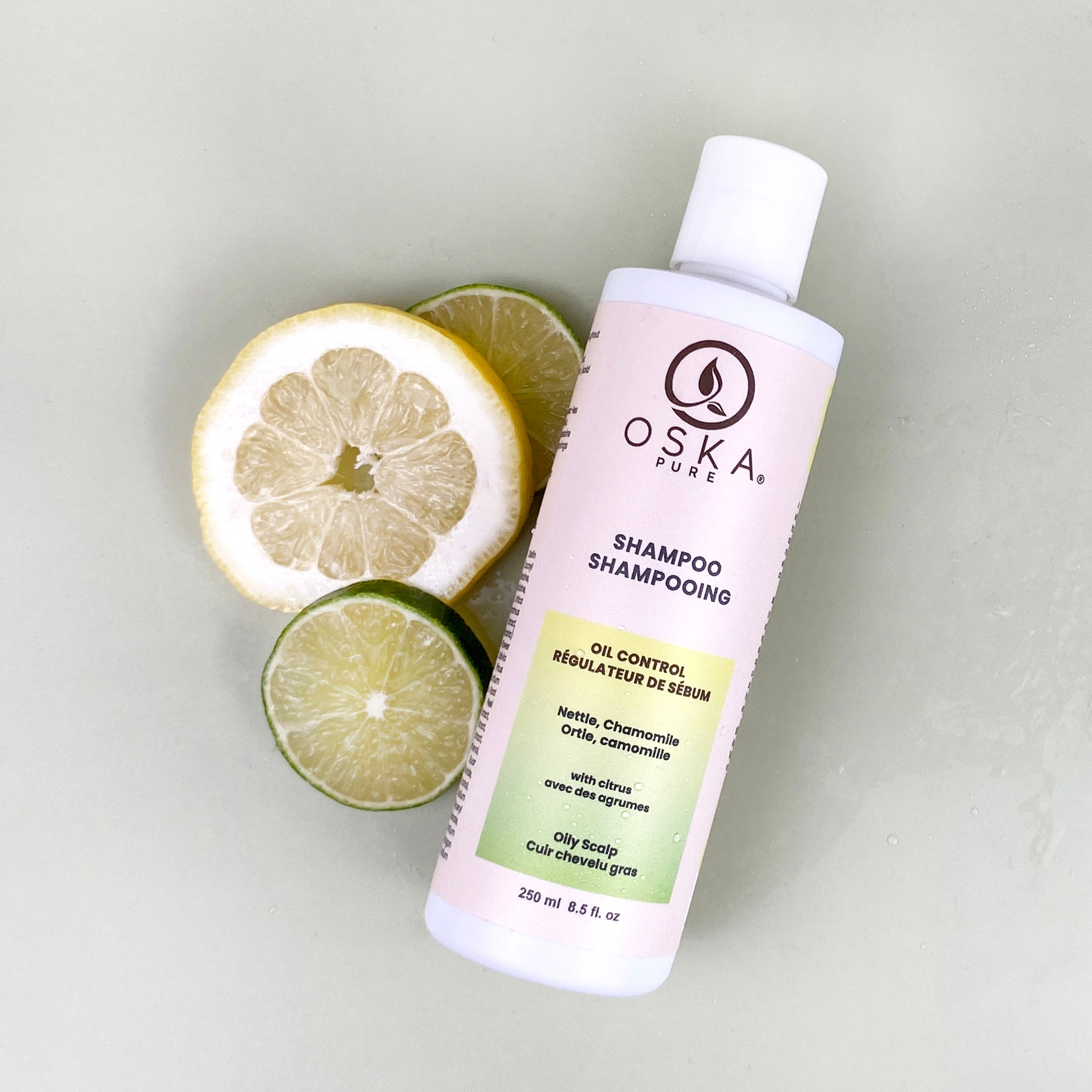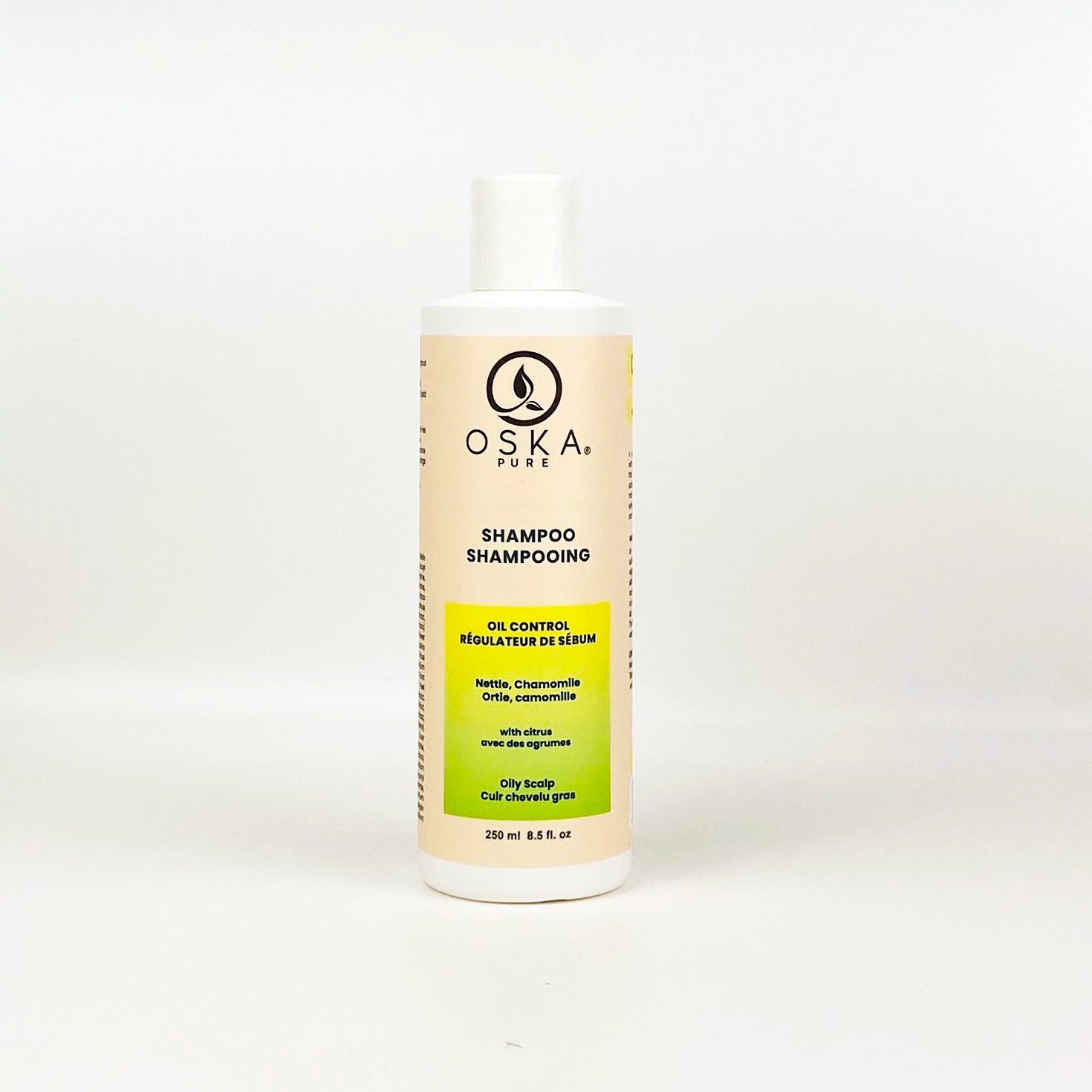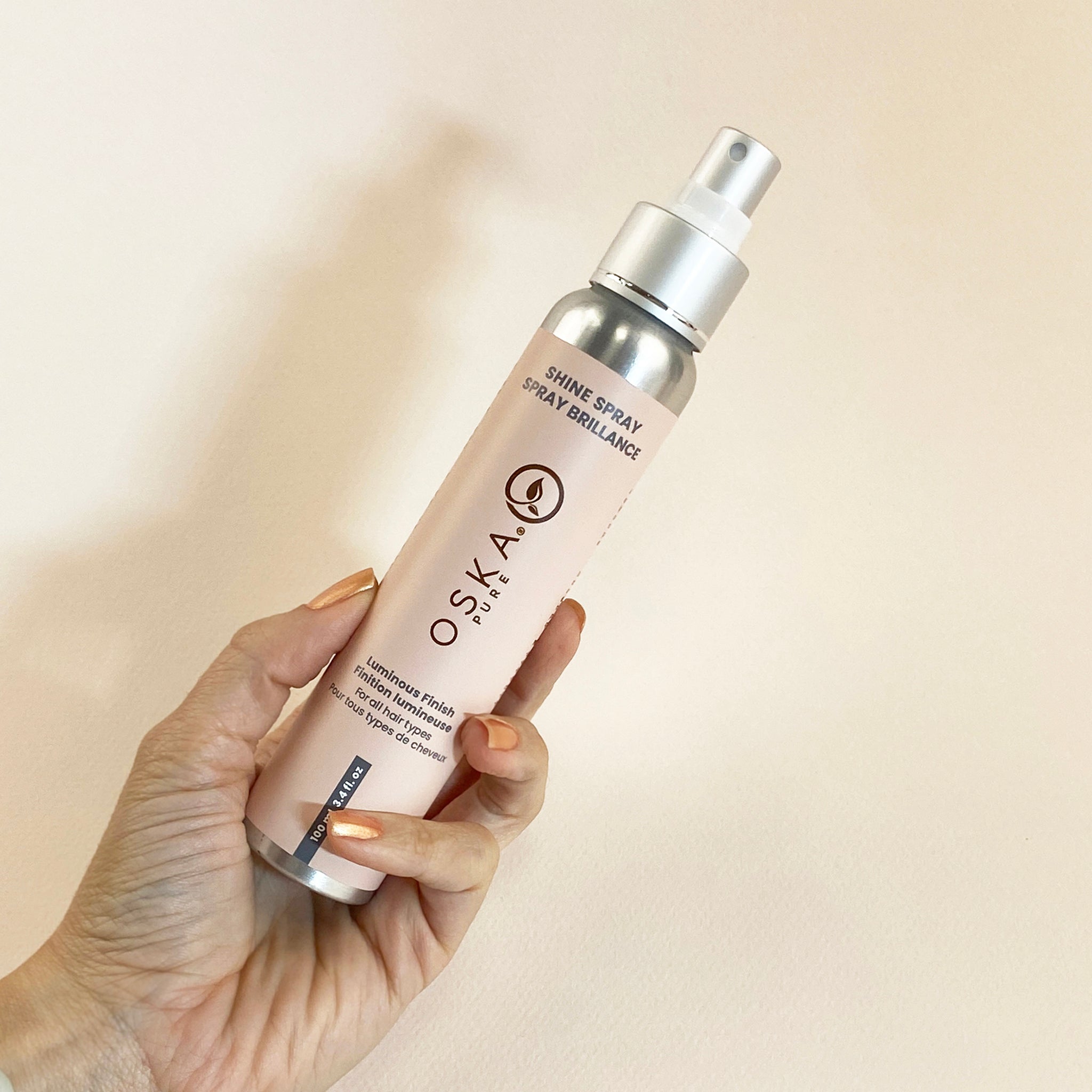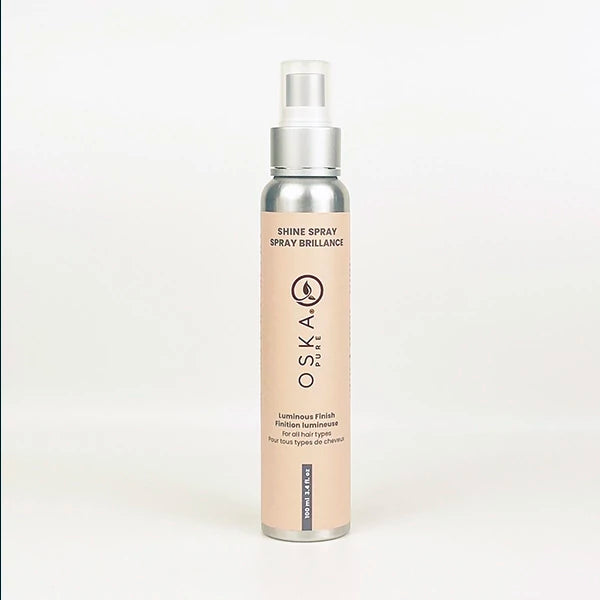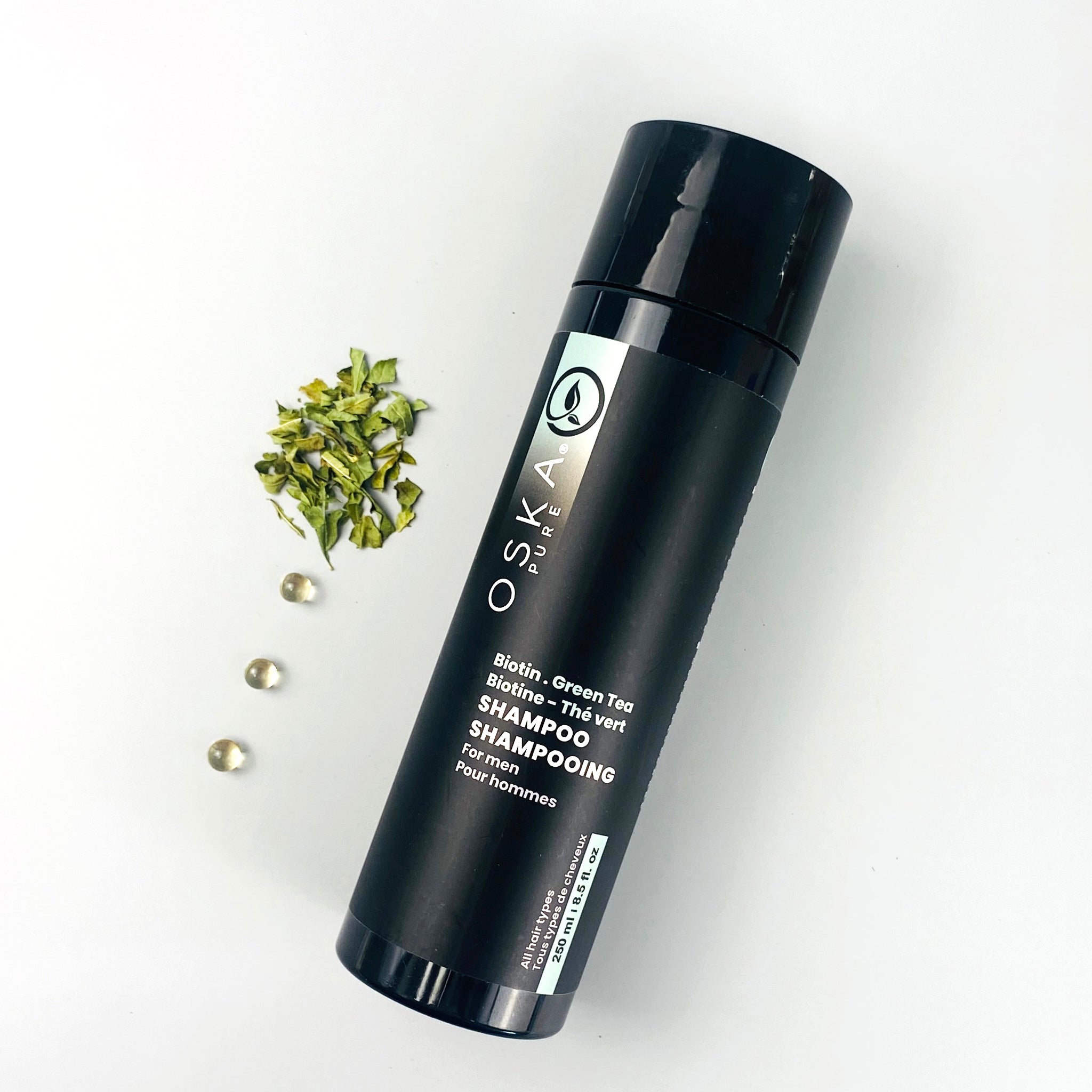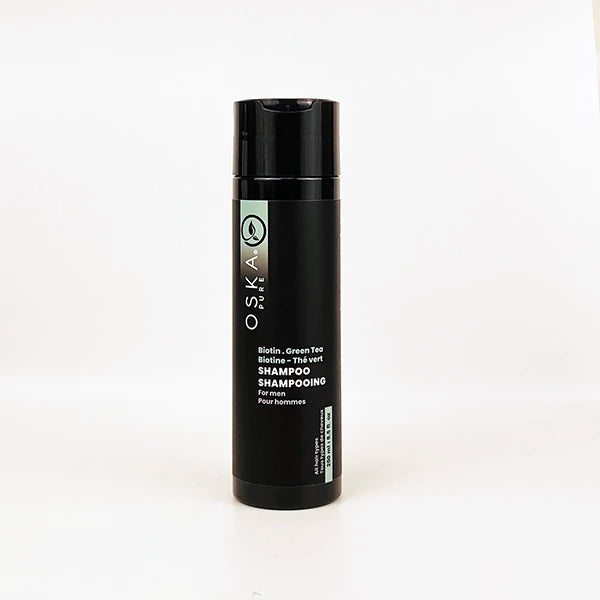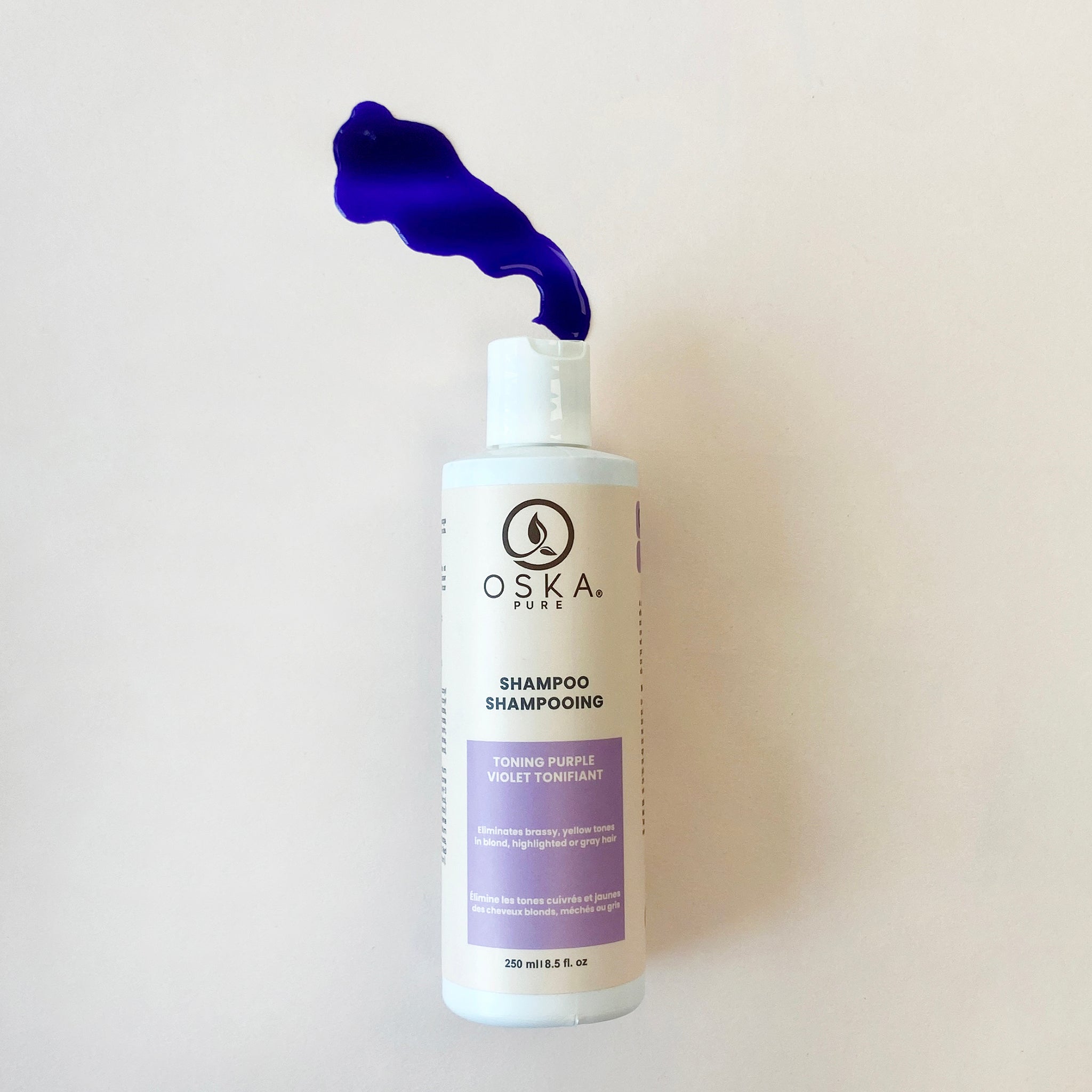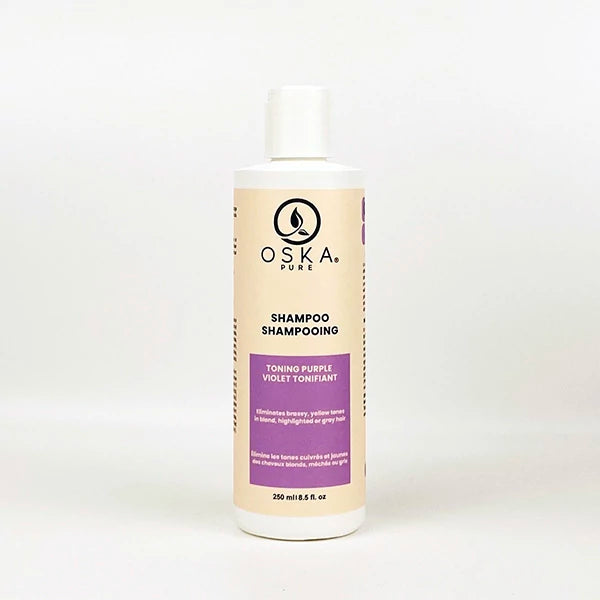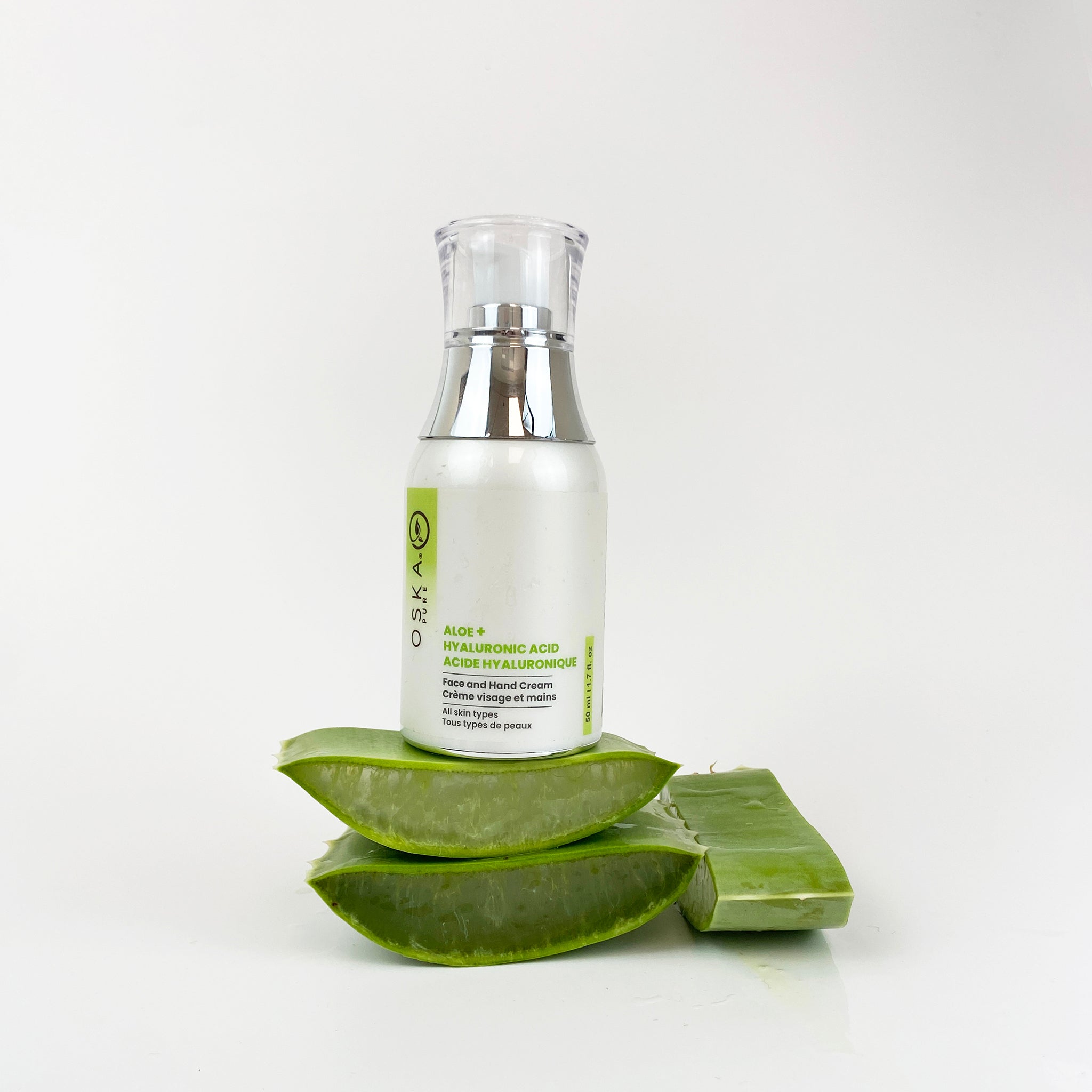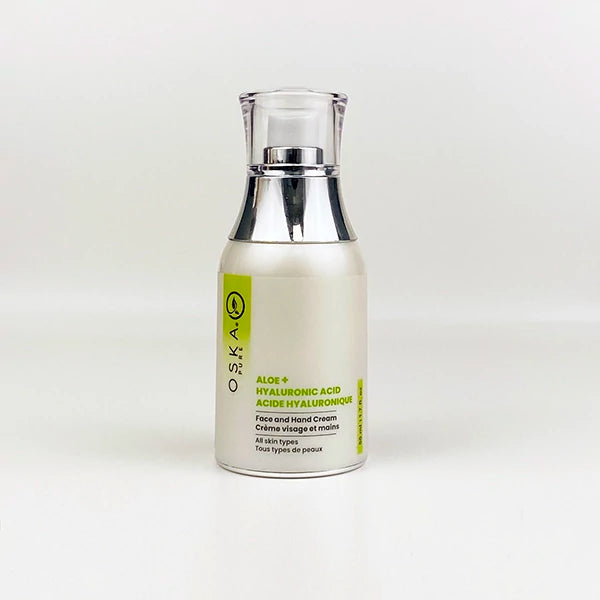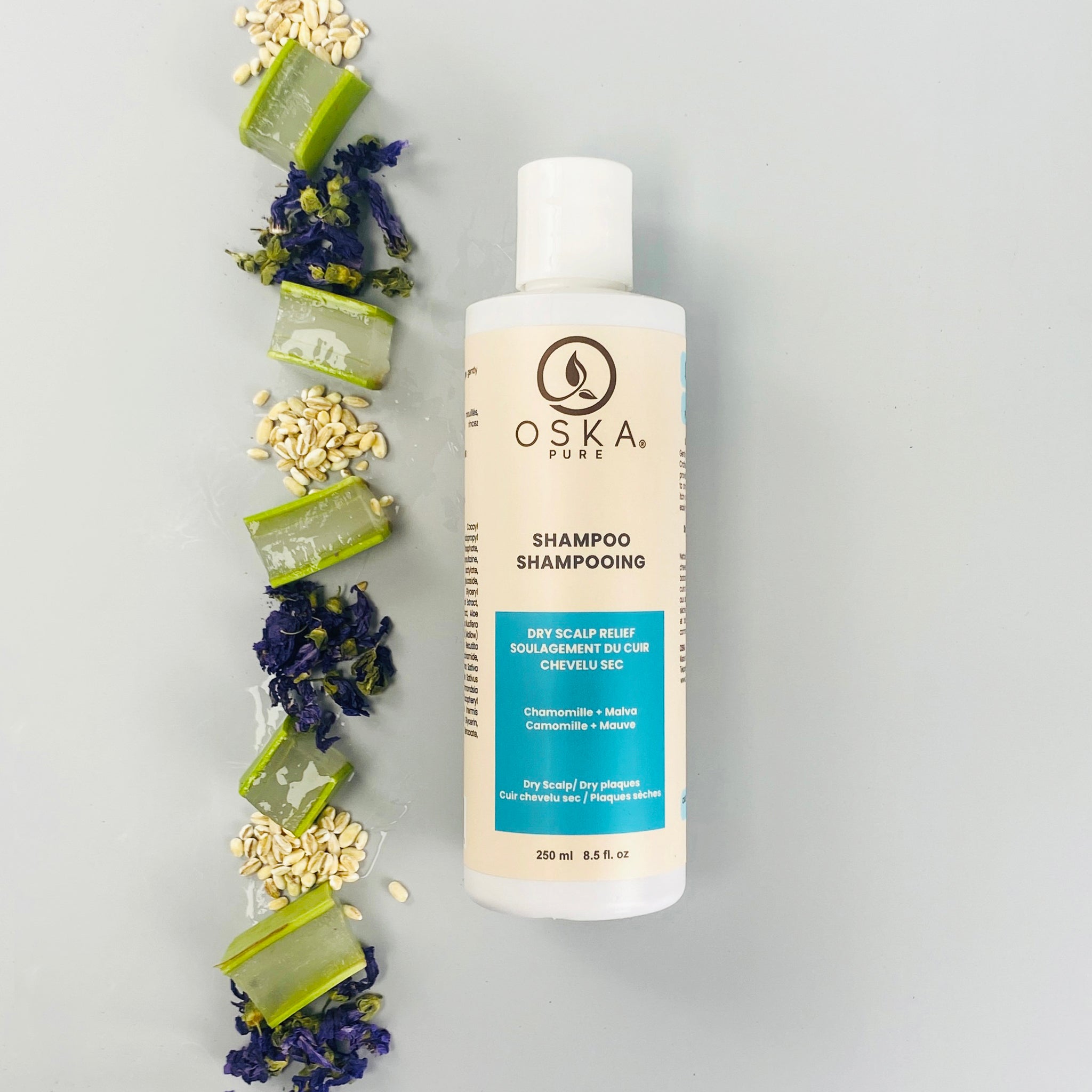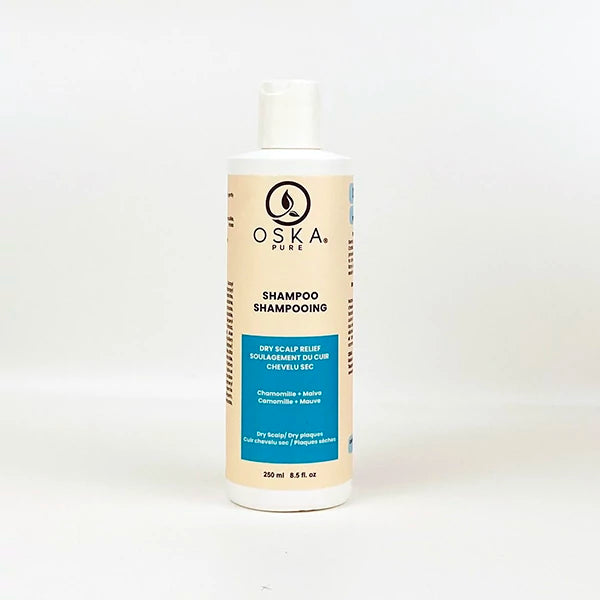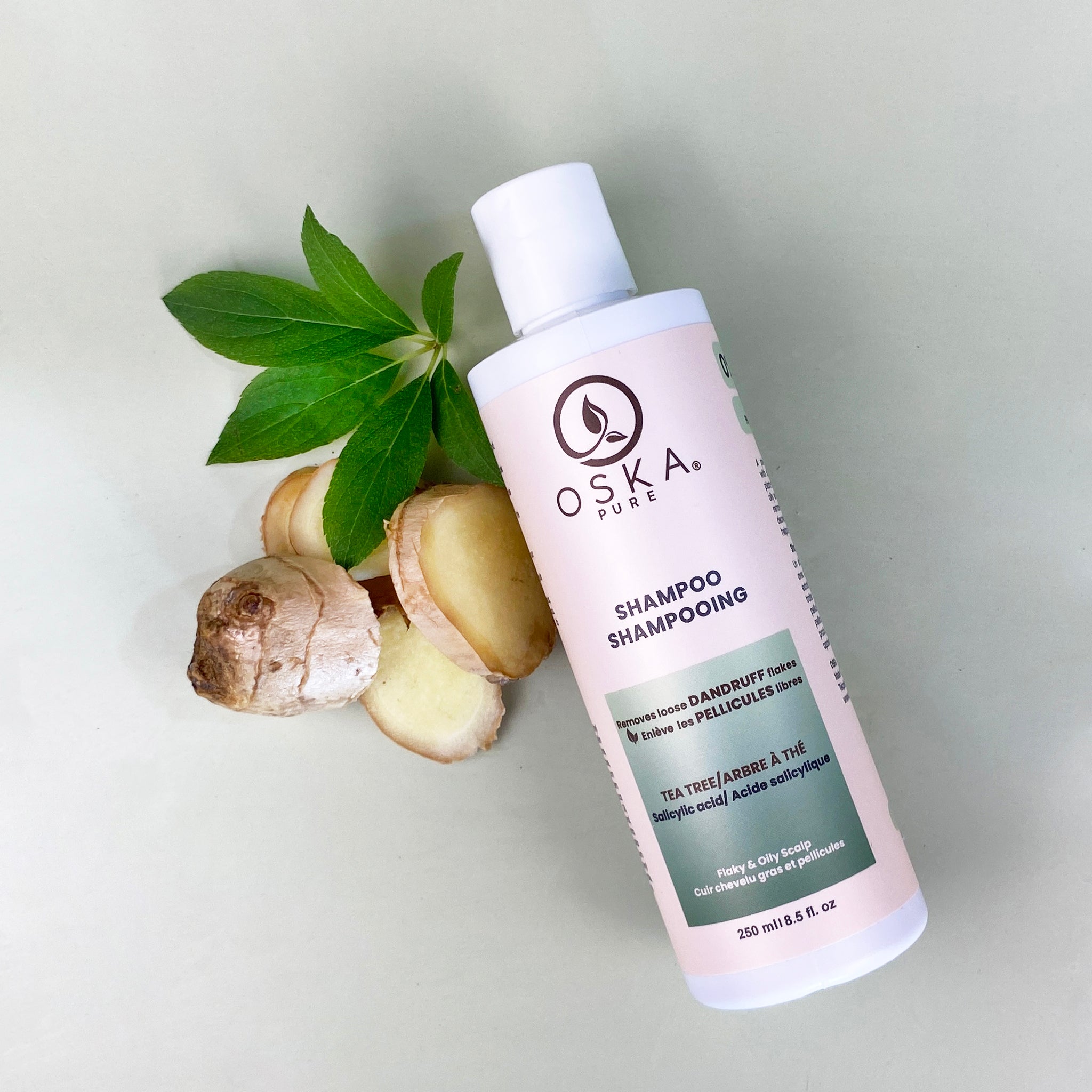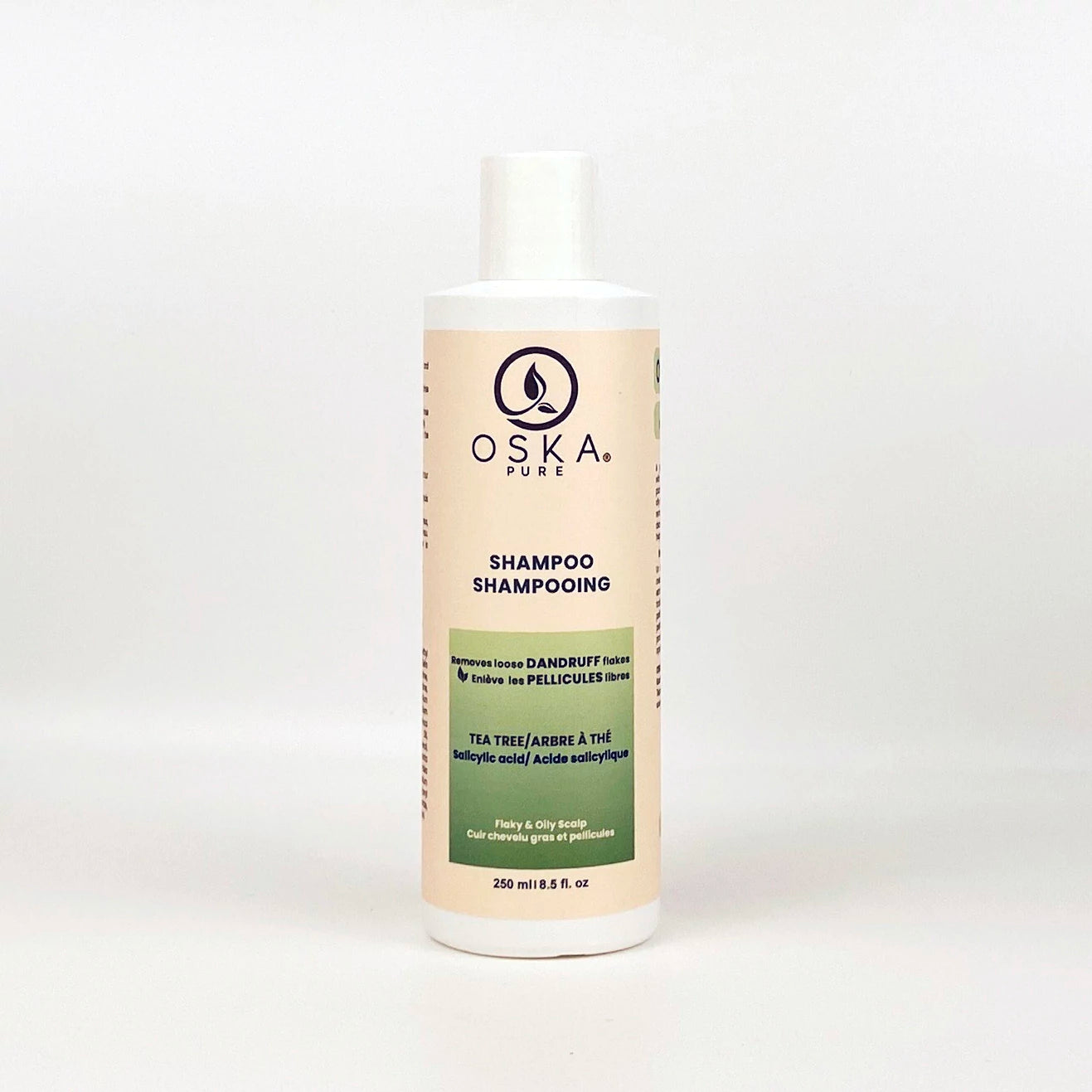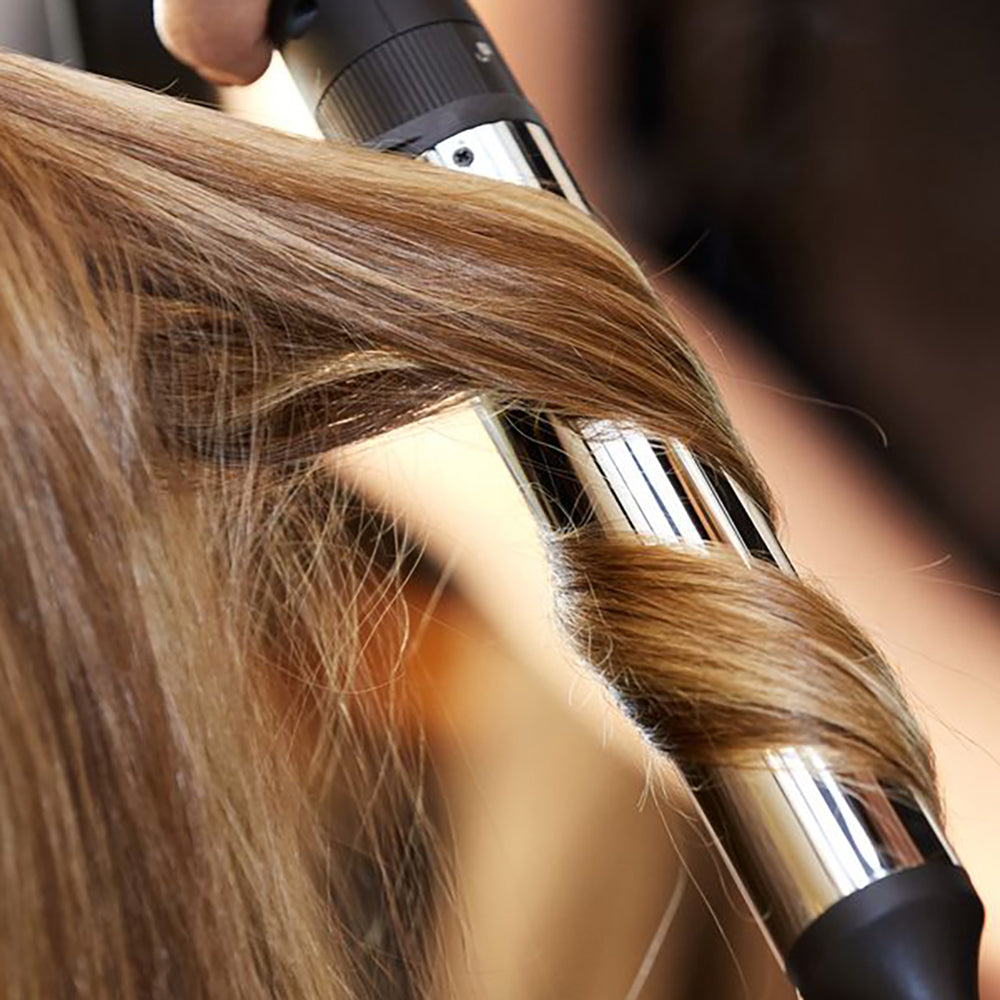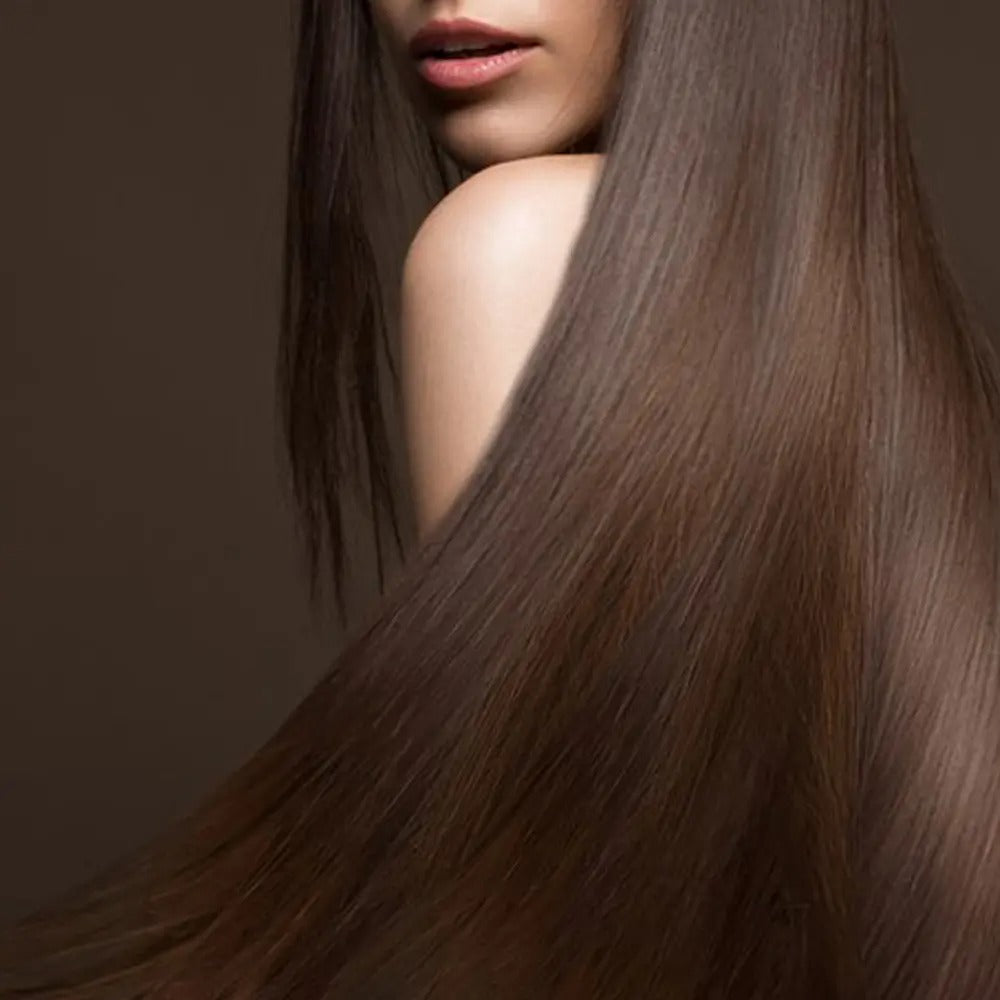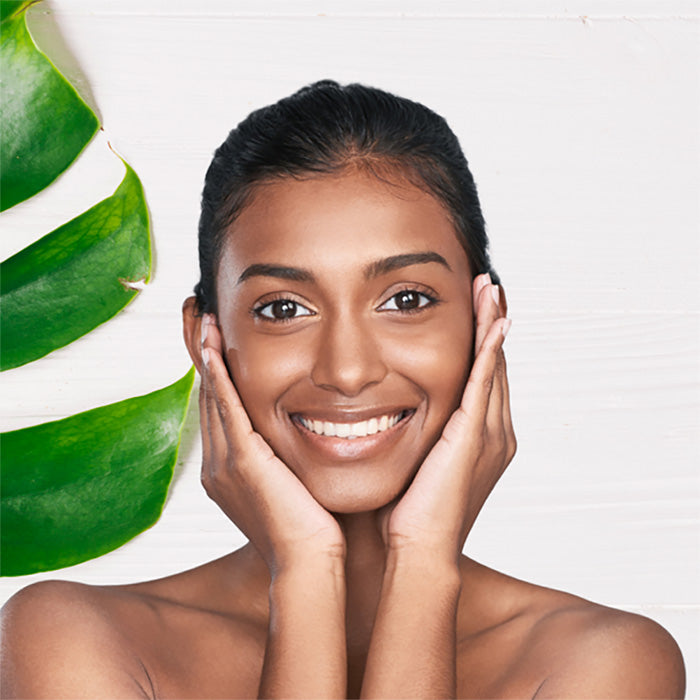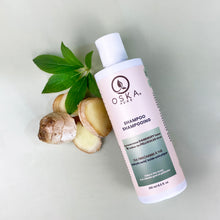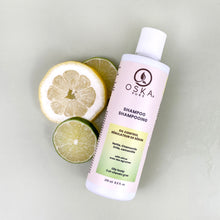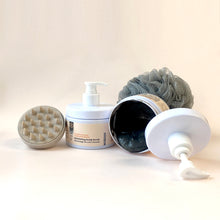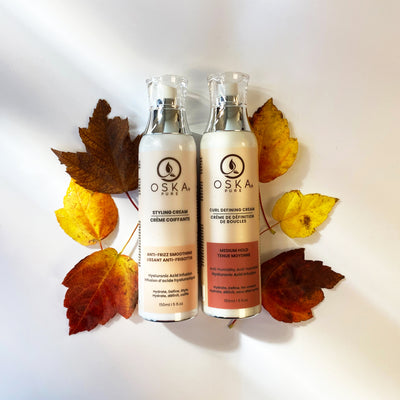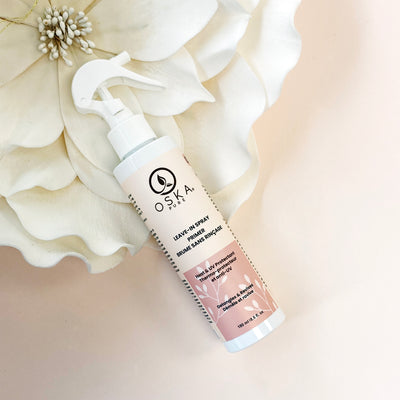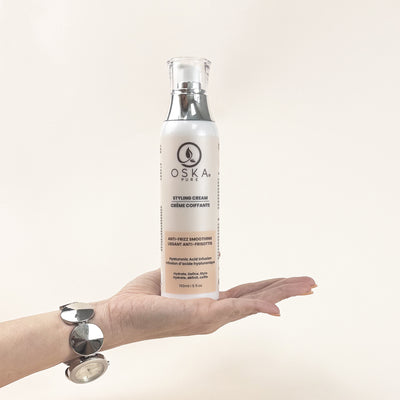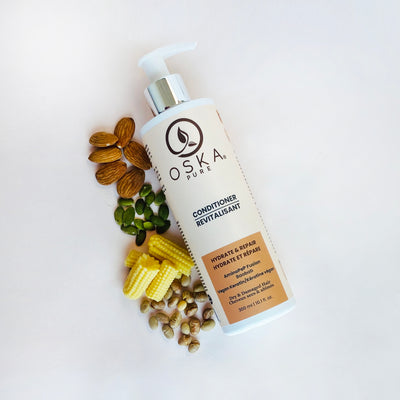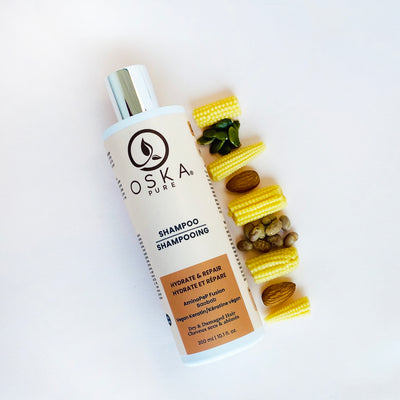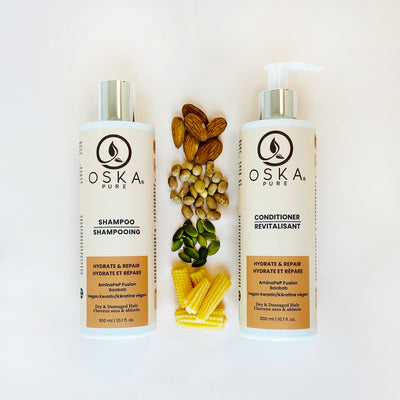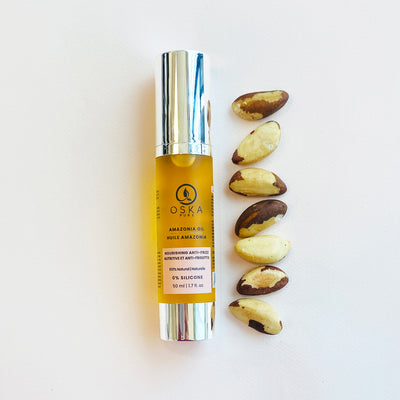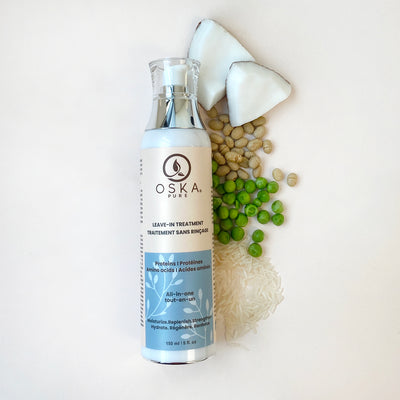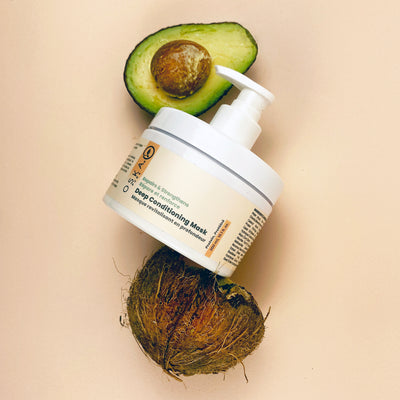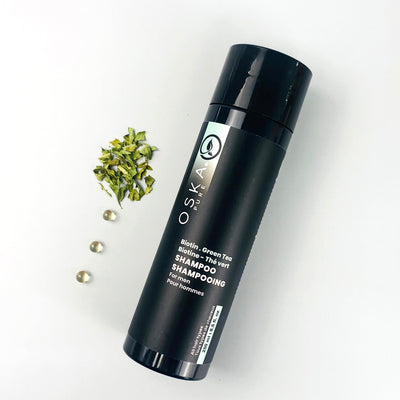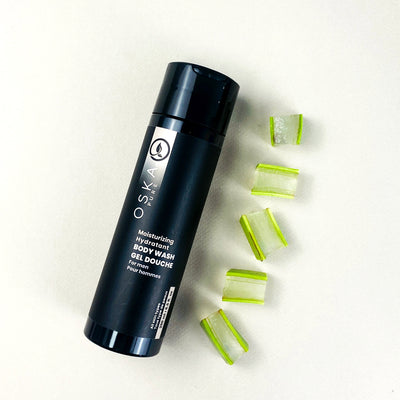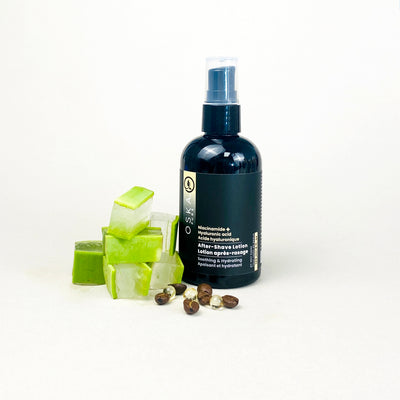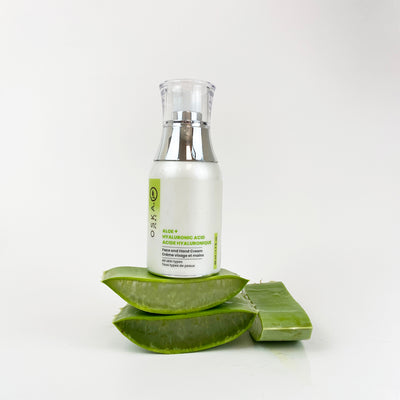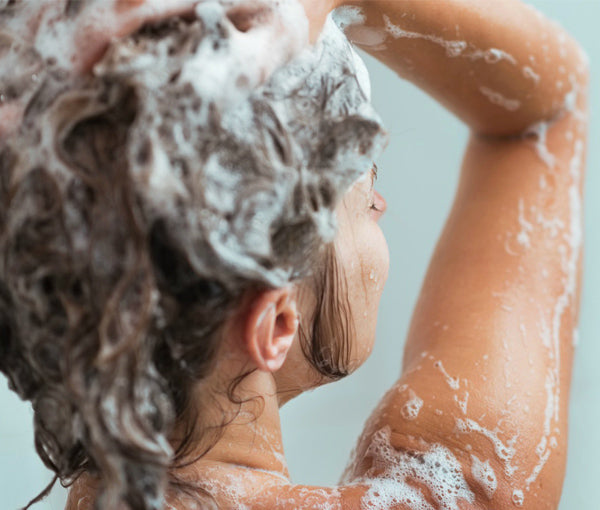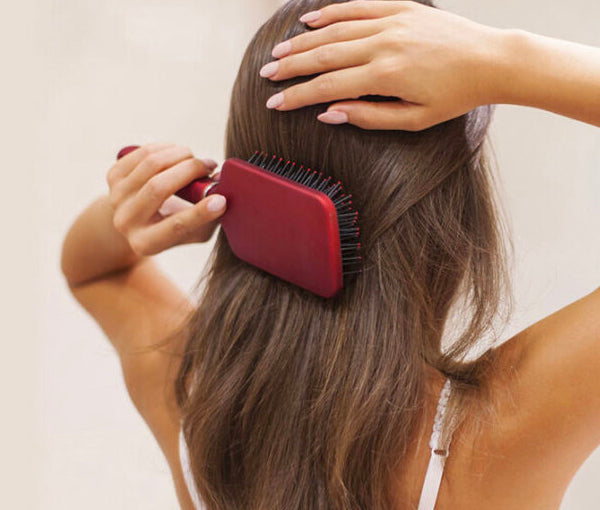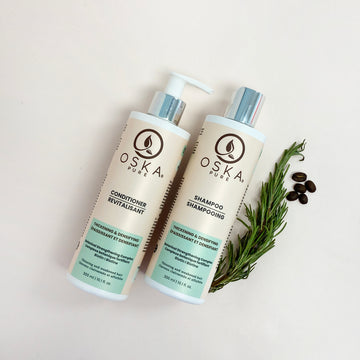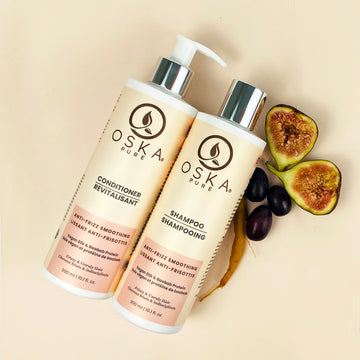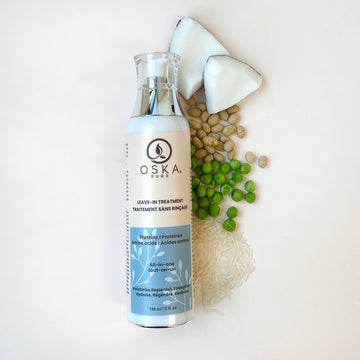Type:
Thickening & Densifying Trio for Thinning Hair | Shampoo, Conditioner and Serum
Type:
Anti-Frizz Smoothing Shampoo & Conditioner Duo
Type:
Thickening & Densifying Trio for Thinning Hair | Shampoo, Conditioner and Serum
Type:
Thickening & Densifying Shampoo and Conditioner Duo
Type:
Anti-Frizz Smoothing Shampoo & Conditioner Duo
Type:
Nourishing & Repairing Trio I Hair Mask, Leave-In Treatment, Hair Oil
Type:
Curly Essentials Set | Shampoo, Conditioner, Curl Cream & Gel
Type:
Colour Preserving Shampoo & Conditioner Duo
Proudly Canadian 🍁 Born and rooted in Montreal
Plant-powered
Cruelty-free
Clean
Vegan
Shop Scalp Care
Elevate your routine, healthy hair begins at the scalp
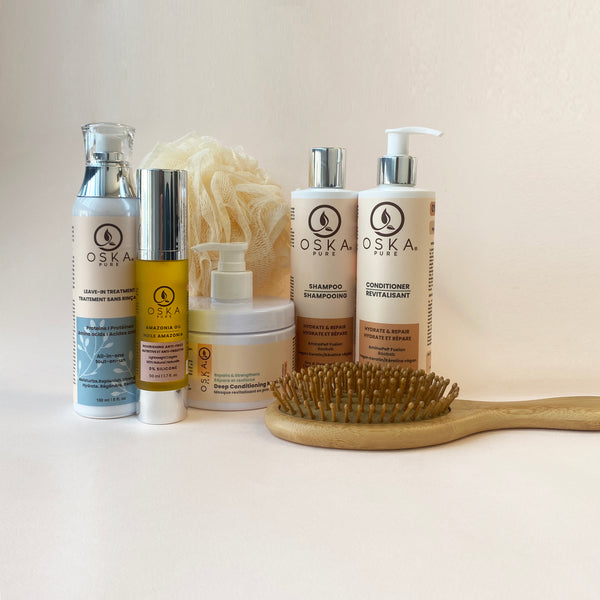
Shop Repair
Treat Fragile Hair to the Routine that Restores for a Healthy & Shiny Look! Natural, vegan with hair- loving ingredients for dry, damaged hair. Whether you're looking to repair damage caused by heat styling, nourish dry strands, or strengthen weak hair, we have the perfect solution for you.
Shop Repair
Blog & Tips
Explore All
7 myths helping the chemicals industry fly under the radar
7 myths helping the chemicals industry fly under the radar Hazardous chemicals are everywhere – in the food we eat, the air we breathe and the products we use. The consequences for our health and our environment are disastrous. On a global scale, we are overshooting our planetary boundary for chemical pollution. In simple terms, this means that the cocktail of chemical pollution we’ve created now threatens the stability of the ecosystems we depend on. And the worst of it? EU law is letting it happen. The EU’s regulation on chemicals – known as ‘REACH’ – is, in its current format, completely inadequate to deal with our chemical world. In fact, it was due an overhaul this year. But EU authorities have caved in to the interests of the industry by delaying it. So how did industry convince EU authorities? And why are chemicals companies running the show while no one talks about it? Here are some of the myths that got decision-makers to believe they’ve had things under control. Myth #1: If a chemical is in a product that’s on the market, it’s safe to buy.Reality: You may think you’re protected by some robust rules on chemicals or that all products are checked by someone – but, shockingly, they’re not. Most of the chemicals used in common products are either unknown or unregulated. That means no one has any official idea of their risk profile. Take cancer-causing chemicals. They’re thankfully banned from toys, but they’re not banned from childcare equipment. As for hormone-disrupting chemicals, which children are particularly vulnerable to, they’re still allowed in toys. These are just two examples out of many. Consumer products contain all sorts of nasty chemicals that escape oversight. And this is only the tip of the iceberg. In some cases, we don’t even know what’s in a product because most of the substances that make up the product are not added intentionally, but as a result of contamination or chemical reaction. That’s the case with most plastic items. But it can change – the most hazardous chemicals can be banned from consumer products, as some are today in cosmetics and toys. Myth #2: There’s no need to reform REACH, it’s the best chemicals law in the world!Reality: While there might worse systems, REACH is by no means a perfect one. The current REACH routinely fails to get the most hazardous chemicals out of the market. Ten years after it started operating, nearly 80% of substances registered under the regulation were yet to be assessed for safety but were still available on the market. Even when a substance is known to be highly hazardous, it takes on average almost 6 years for authorities to restrict its use. Instead of accelerating chemical restriction decisions, REACH has actually slowed them down. There have been recent examples showing the inability of the system to protect us from harm. The French proposal to ban cancer-causing chemicals found in nappies failed, because the bar for proving that it is unacceptable to have a highly hazardous chemical in a baby’s nappy was way too high. It shows that the decision-makers supposed to protect us do not have the tools they need to take common sense decisions. Another flaw of the system is that sanctions for companies who do not respect the rules – which happens far too often – are much lower than for consumer protection laws or digital privacy laws, giving no real incentive to abide by the rules. But there is now an opportunity to fix this situation – the EU Commission promised to review REACH and adopt the needed changes. If it resists industry pressure, the EU will be the first region in the world with the tools to become toxic-free. Myth #3: Chemical pollution is a problem elsewhere, companies in the EU fully control the risks.Reality: Toxic hotspots exist across the EU, and we are all born contaminated. Sacrifice zones are areas where continuous and often illegal chemical pollution is harming local communities. According to the UN Special Rapporteur on human rights and the environment, businesses are the main culprit, because they’re happy to overlook social and environmental costs in favour of their bottom line. The Rapporteur officially recognised a violation of human rights in various areas in Italy, including the region of Campania known as the Land of Fires from the constant burning of toxic garbage. South of Lyon, France, is known as “chemistry valley”, due to the swathe of petrochemicals plants in the area. Grassroots organisations are suing two companies for breaching pollution rules more for than 100 times in a handful of years. Toxic PFAS – also known as ‘forever chemicals – have been found in the area. Exposure to high PFAS levels has been associated with cancers, high cholesterol, diabetes, hormone and immune disorders, and even diminished vaccine efficacy. A similar legal action has started in Antwerp, Belgium where chemicals giant 3M is under investigation for the PFAS leakage from its plant. High levels of toxins have been found in the water, soil and people near the company’s factory. Even outside of toxic hotspots, our blood, hair, tissues or urine are tested regularly and show that we are all contaminated by a cocktail of hazardous chemicals, even in the womb. That makes it an EU problem – but the solution is also in the EU, which has the capacity to initiate a global change that will close the toxic tap. Myth #4: Most chemicals are safe, the problem is a few bad apples.Reality: There’s a real problem with the industry’s current business model. You might expect that the minority of chemicals commonly used might pose a risk to health. The reality is the opposite: today, three quarters of all chemicals produced and used in the EU are hazardous to health and 28% to the environment. These numbers haven’t changed between the introduction of the current EU regulation in 2008 and 2017, showing that the system is failing in its most basic objective. The problem does not come from a few laggards – the biggest and most powerful companies have continued producing highly hazardous chemicals, and many have chemical pollution scandals in their history. Fortunately, chemicals can become safe by design and some frontrunners are showing the way. Regulation must support those frontrunners. Myth #5: Risk is the price to pay for the indispensable services brought by chemicals.Reality: For many uses, highly hazardous chemicals are completely superfluous or safe alternatives already exist. Do we need microbeads – also known as microplastics – in face scrubs or shampoo when we know for a fact they’ll end up in our rivers? Microplastics are everywhere, including in human breast milk where it was detected recently for the first time, with researchers greatly concerned over the potential health impacts on babies. What about biocides – the chemicals used in socks to avoid unpleasant smells? The release of these chemicals is highly damaging to our ecosystems. Yet we know that the chemicals escape in the first wash anyway, removing the supposed benefits in record time. Workers can also be highly exposed to chemicals. Should we be exposing thousands to cancer-causing substances just to make plastic lipstick tubes look metallic? Chemicals must become safe by design, and the remaining hazardous chemicals must be resorted to for essential use only. Myth #6: Chemical pollution matters but we need to focus on climate right now.Reality: The climate, nature and toxic crises are all interconnected – one cannot be solved without the others. Climate change is increasing chemical pollution and chemical production is fueling climate change. The production of chemicals and plastic is the fossil fuel industry’s plan B. Instead, the chemicals industry needs to decarbonise and detoxify – doing one without the other would be delaying the inevitable direction of travel for years, and wreaking planetary havoc in the process. Investors, insurers and public authorities need to apply the same scrutiny and pressure now directed towards carbon majors at the chemicals industry. Myth #7: Reforming REACH is too costly for the industry, which is already struggling in the current economy.Reality: Any request to delay the reform is exploiting the crisis. Claims that the industry is financially hit by checking chemicals’ safety are a complete distortion of reality. The NGO ChemSec has reviewed the financial reports of some of the largest and most influential European chemical companies such as Bayer and BASF. They found that their profits are in fact bigger than expected and according to the reports the future is looking bright. Exploiting the crisis to kick the can down the road is an unsurprising move – ‘disrupt, delay, distract’ is the usual winning industry tactic – but an unethical one. Ten years ago, during the adoption of REACH, the industry cried wolf about immense costs that never actually materialised. For the chemicals industry to become a trusted stakeholder, they must start playing straight.
Learn moreThe Natural Hair Care Products Global Market Report 2022
The global natural haircare products market is expected to grow from $9.09 billion in 2021 to $9.89 billion in 2022 at a compound annual growth rate (CAGR) of 8.9%. The natural haircare products market is expected to grow to $12.18 billion in 2026 at a CAGR of 5.4%. The natural hair care product market consists of sales of natural hair care products by entities (organizations, sole traders, and partnerships) that are used for hair conditioning and natural substances that are included to nourish the hair without causing it to lose its softness or shine. Natural hair care products refer to products that are made of natural ingredients, free from any chemicals that are meant to nourish hair with their natural properties. These are made of plant- or mineral-based ingredients extracted from natural resources to maintain hair growth, boost luminosity, and solve hair problems. The main product types in the natural hair care products market are shampoos, conditioners, oil and serum, gels and wax, hair color, and others. Hair color refers to the cosmetic preparations which are used by men and women either to change the natural hair color or to mask grey hair. The different price categories include high or premium, medium, and low that are used by men, women, and others. The distribution channels involved are offline and online. Europe was the largest region in the natural haircare products market in 2021.Asia Pacific is expected to be the fastest-growing region in the forecast period. The regions covered in the natural haircare products market report are Asia-Pacific, Western Europe, Eastern Europe, North America, South America, Middle East and Africa. The natural hair care products market research report is one of a series of new reports that provides natural hair care products market statistics, including natural hair care products industry global market size, regional shares, competitors with a natural hair care products market share, detailed natural hair care products market segments, market trends and opportunities, and any further data you may need to thrive in the natural hair care products industry. This natural hair care products market research report delivers a complete perspective of everything you need, with an in-depth analysis of the current and future scenario of the industry. The rising popularity of e-commerce channels is expected to propel the growth of the natural hair care products market going forward. E-commerce refers to the buying of goods using the internet and the transfer of money and data to execute these transactions. The e-commerce market helps the natural hair care products market with easy transactions, selling items and services directly to clients and delivering products to their homes. For instance, according to the India Brand Equity Foundation, an Indian government export promotion agency, India’s e-commerce market is expected to reach US$111 billion by 2024 and US$ 200 billion by 2026. Therefore, the rising popularity of e-commerce channels will drive the growth of the natural hair care products market. Strategic partnerships have emerged as the key trend gaining popularity in the natural hair care products market. Many companies operating in the natural hair care products sector are undergoing partnerships to strengthen their position in the market. For instance, in January 2022, L’Oreal, a French-based hair care product manufacturing company, partnered with a US-based life sciences research company, Verily Life Sciences Company. This partnership aims to establish a long-term biological, clinical, and environmental picture of skin health. Furthermore, in October 2021, L’Oreal, a French-based hair care product manufacturing company, partnered with Symatese, a French-based medical technology company. This partnership aims to improve their biomaterial’s strategic research cooperation. In August 2019, LG Household & Healthcare, a South Korea-based consumer goods company, acquired Avon for an amount of $125 million. This acquisition is expected to support LG H&H’s plan to strengthen the company’s global presence. Avon Products Inc. is a UK-based company that manufactures and sells beauty and related products.
Learn moreThese 10 Haircut Trends Are Set To Make A Big Splash In 2023
If your “new year, new you,” mantra always includes a fresh new chop, you’ve come to the right place. It’s truly one of the best ways to usher in a new season, let alone an entire year. Luckily, thanks to the spring runways, buzzy TikTok and Instagram influencers, and celebrity hairstylists, there is no shortage of haircut trends popping up for the new year. “In 2023, we’re going to see boundaries being pushed further than we’ve seen before,” says Jason Lee, hairstylist, colorist and founder of Mela & Kera. “2022 was all about the return of the ‘90’s and early 2000’s, and now we are going to see those same styles becoming edgier and more aggressive yet extremely minimalist in styling,” the pro continues. As for styles, you can expect bobs, ‘90s supermodel blowouts, bixies, fringe, and debulking cuts to be all the rage next year. Not only that, hybrid haircuts will be making a name for themselves — where selecting specific sections of several looks will make for one unique, multi-faceted cut. And if you find maintaining a new salon haircut difficult, rest assured there are low-lift options just for you. In fact, Maggie Hancock, stylist and one of BLONDME‘s top ambassadors, predicts styling will be minimal in the new year. “For casual days, we’ll lean more into air-dried hair, heatless curls, and waves from sleeping in braids.” Lee credits this lowkey styling approach to Gen Z’s obsession with less put-together looks that feel very organic and intentional. Ahead, TZR tapped some of the biggest names in hair for their predictions on haircut trends for 2023. Some are tried-and-true staples, others take on a modern variation of a current trend, while others are completely unexpected. Scroll for the 10 haircut trends that will be oh-so popular in the new year. A cool way to show edge and personality, the undercut is a buzzed section at the nape of the neck and sides that removes excess bulk from hair. It allows you to pull your hair back and release extra weight while simultaneously debulking the hair to let it lay flat.
Learn more
Your Hair Questions, Answered
From choosing the right formula to perfecting your routine,
we’ve got every strand of knowledge you need.

Which shampoo is best for my hair type?
Which shampoo is best for my hair type?
Our range includes formulas for color-treated, dry, damaged, curly, and oily hair — simply choose the one that matches your main concern for the best results.
How often should I use conditioner?
How often should I use conditioner?
For most hair types, use conditioner after every wash. If your hair is very dry or damaged, you can use a leave-in conditioner for extra hydration.
Are your products safe for color-treated hair?
Are your products safe for color-treated hair?
Yes. Many of our formulas are color-safe, designed to protect and prolong the vibrancy of your shade.
Can I mix and match products from different ranges?
Can I mix and match products from different ranges?
Absolutely. Our products are designed to work together, so you can build a custom routine for your unique hair needs.



